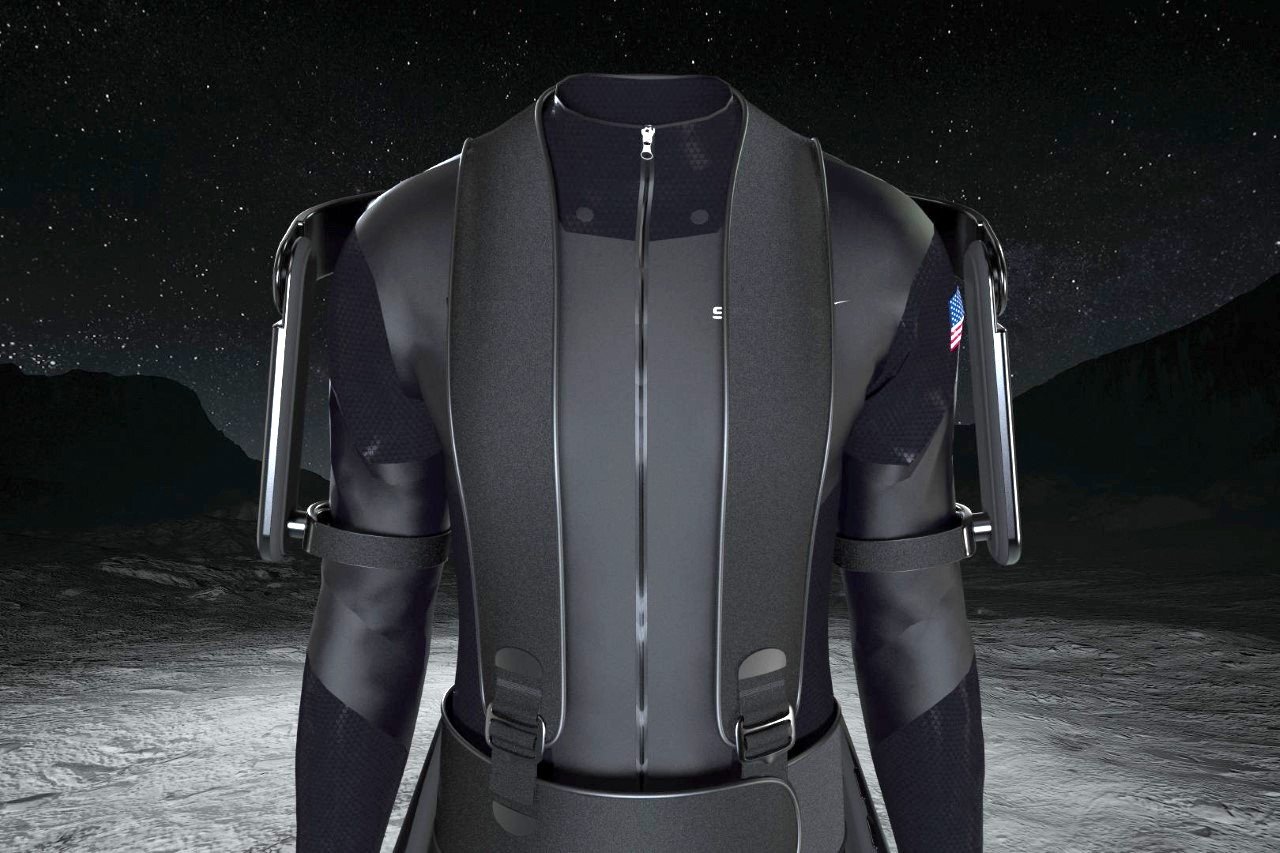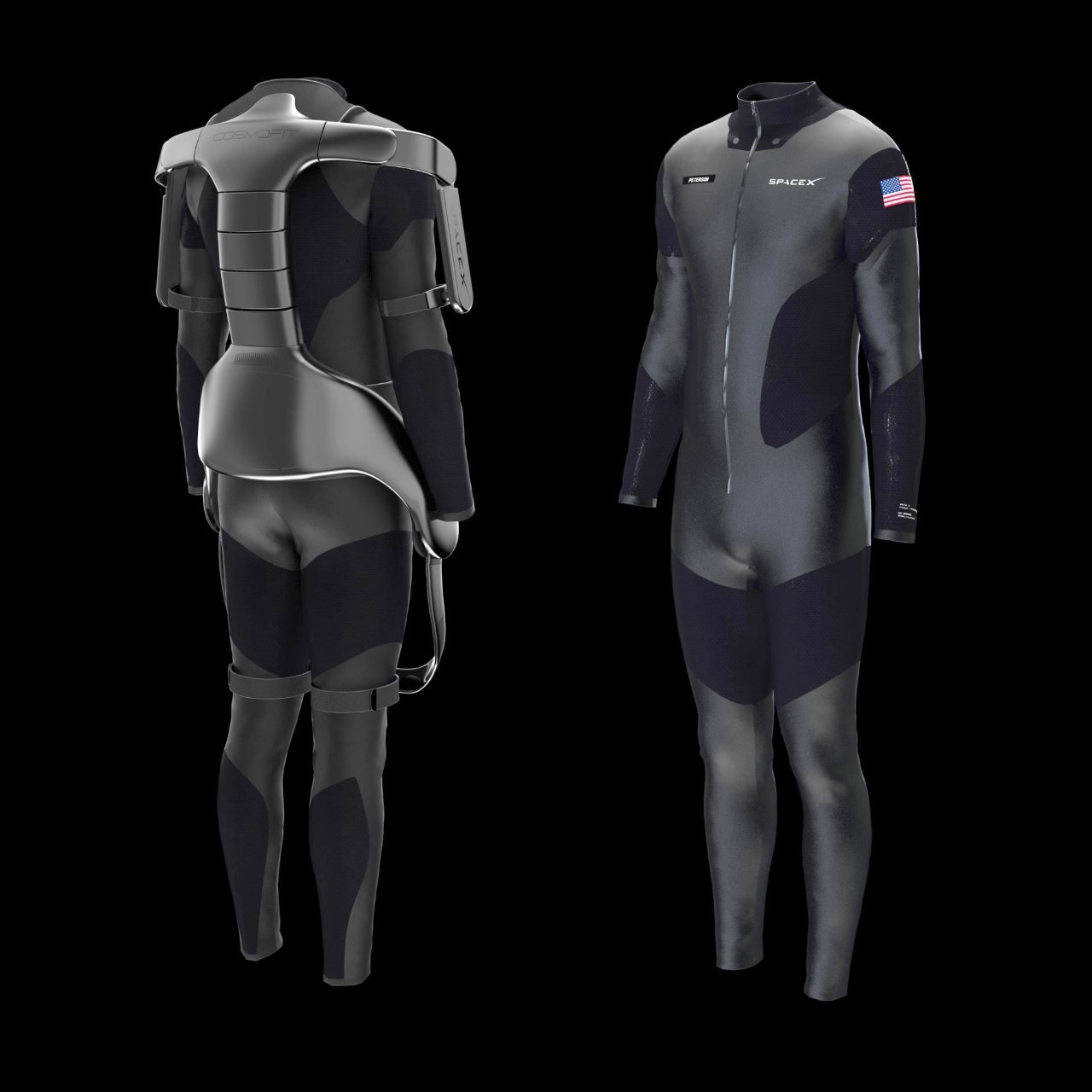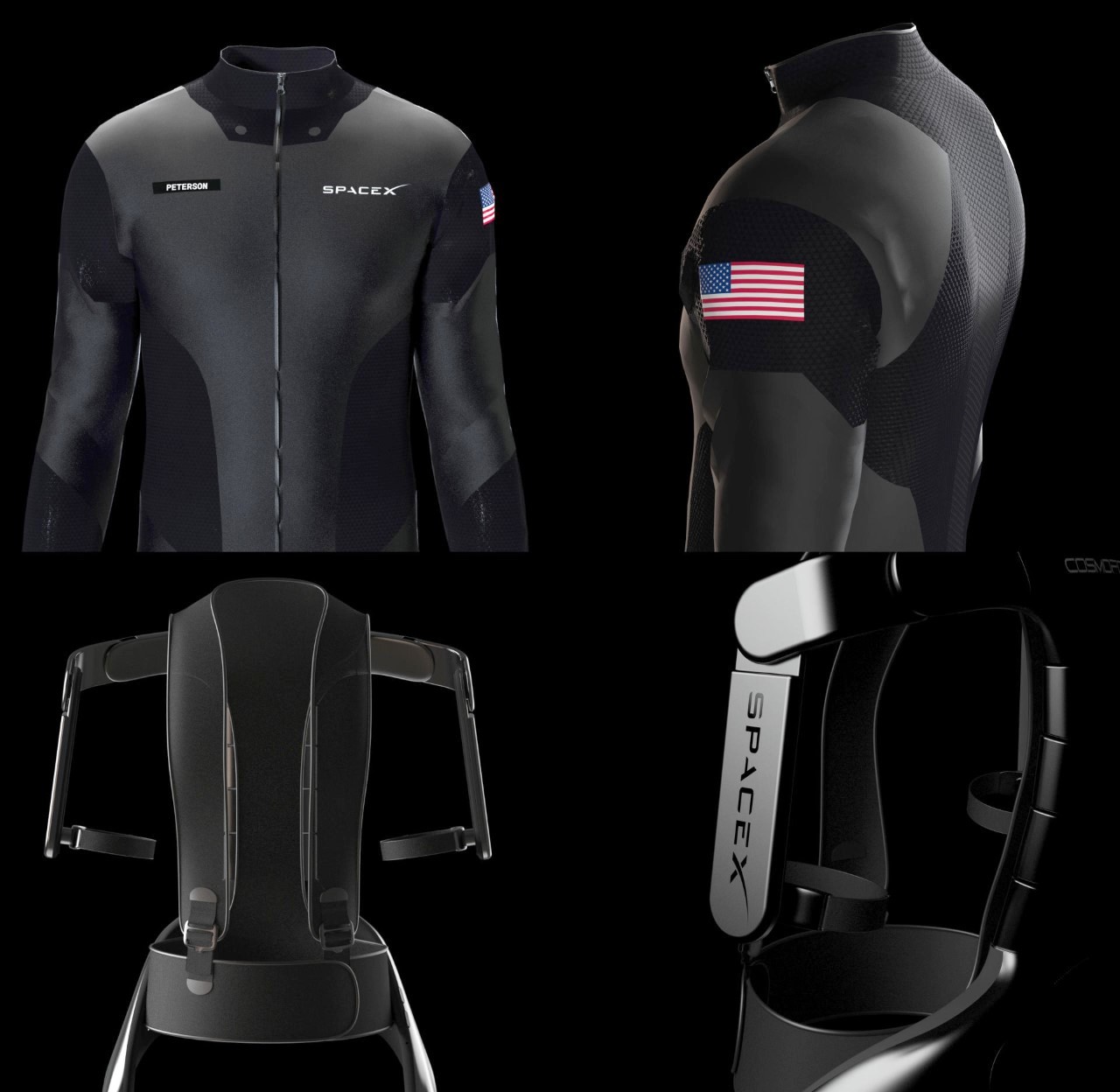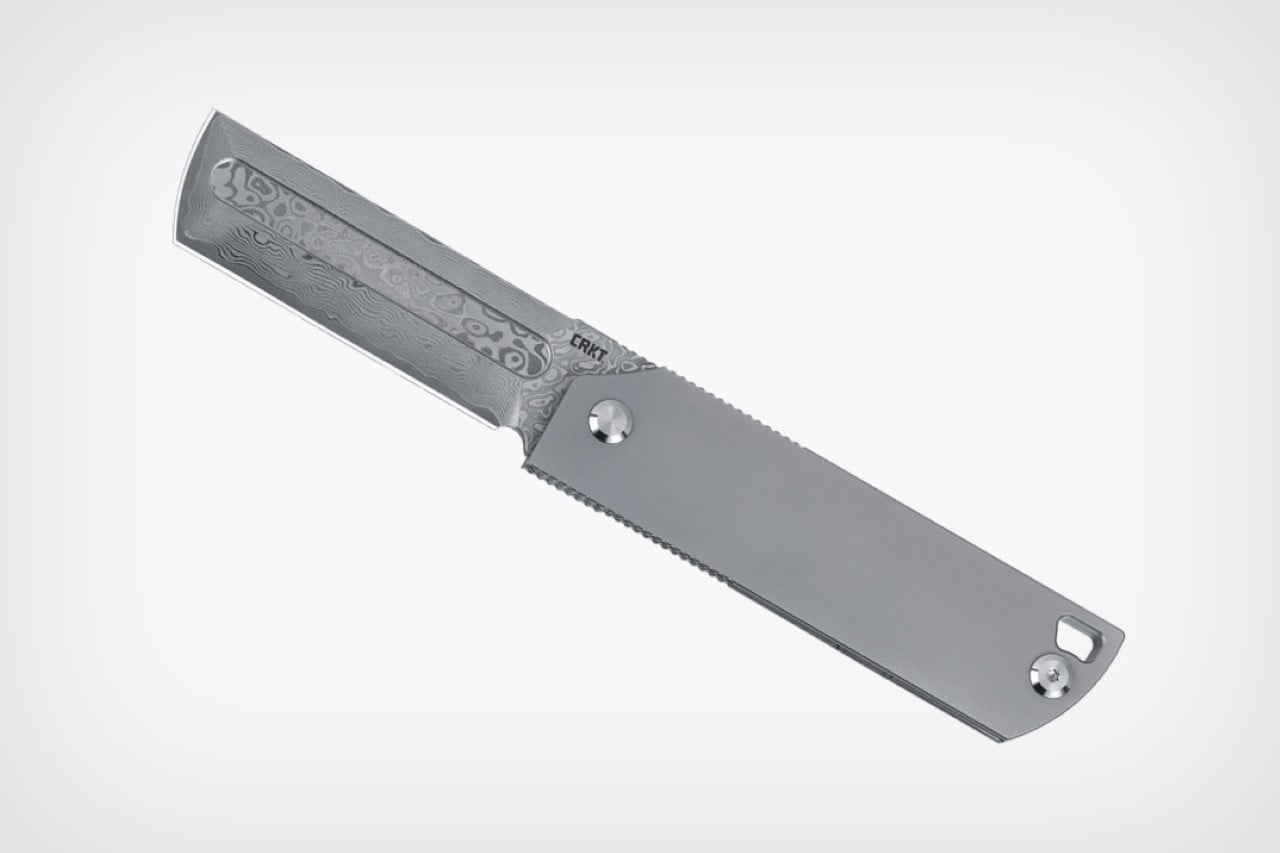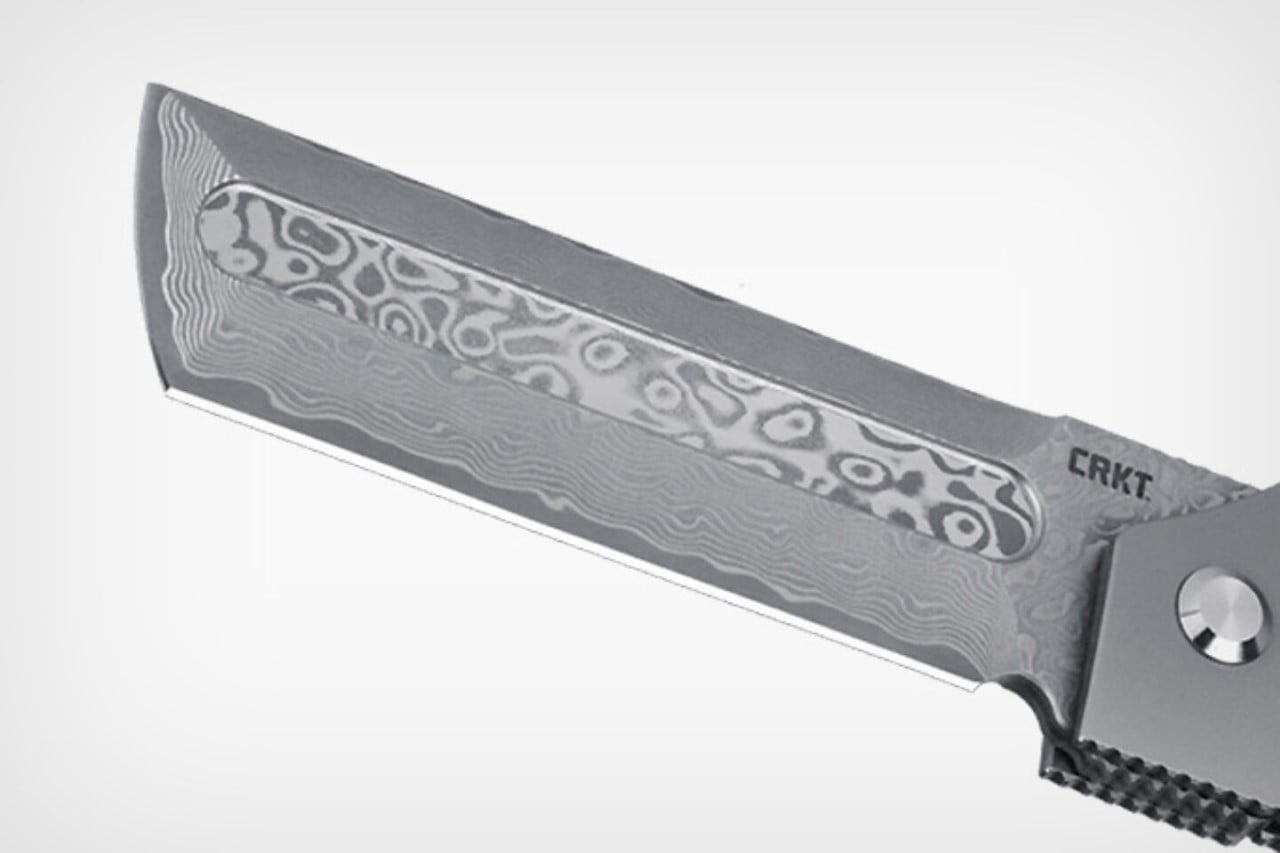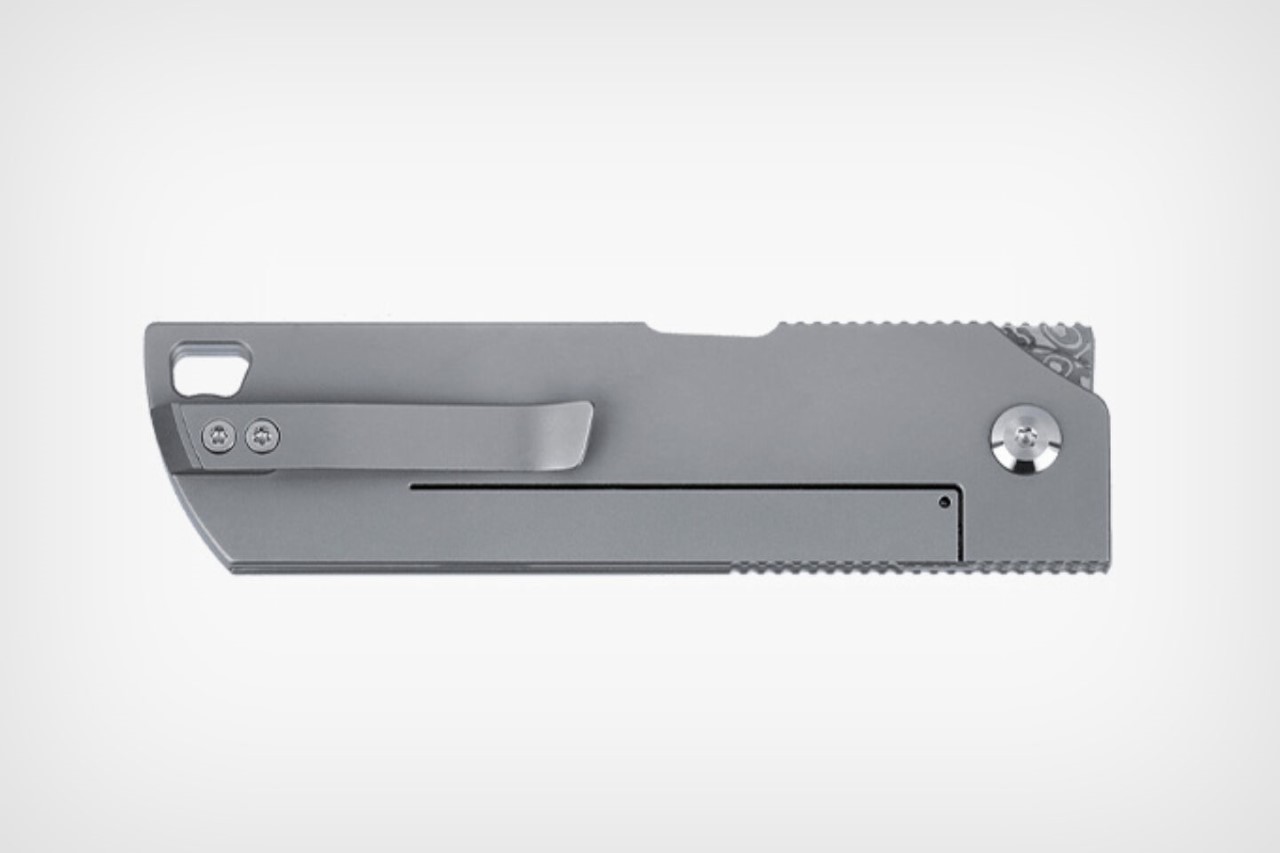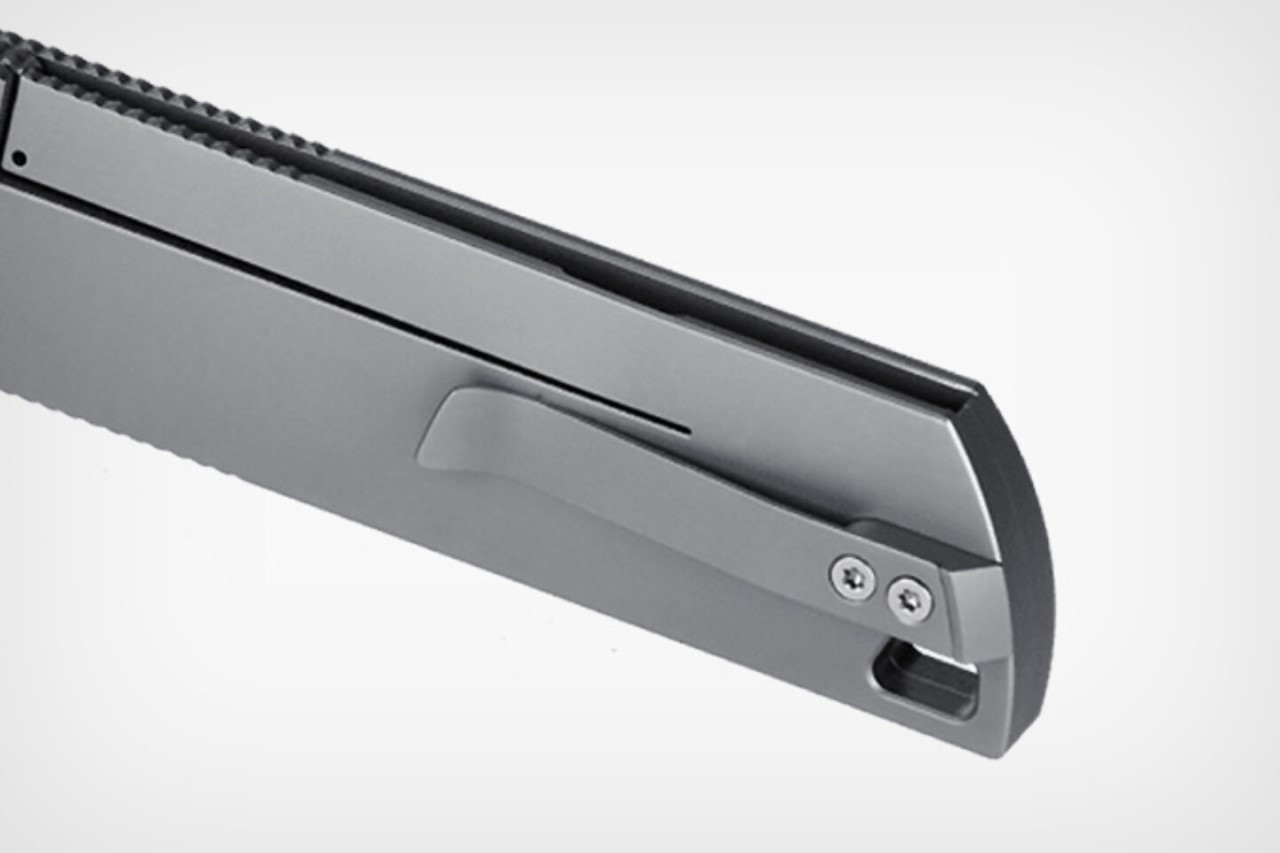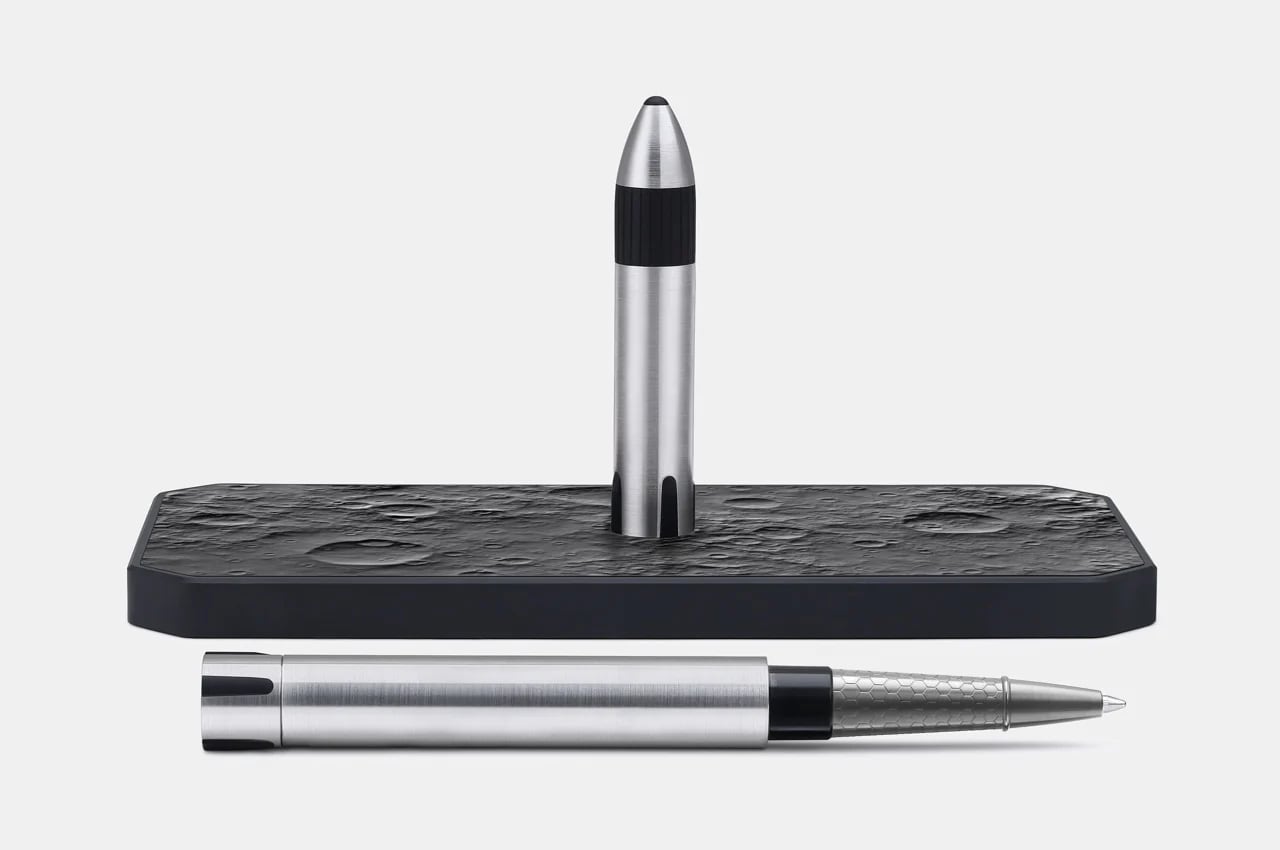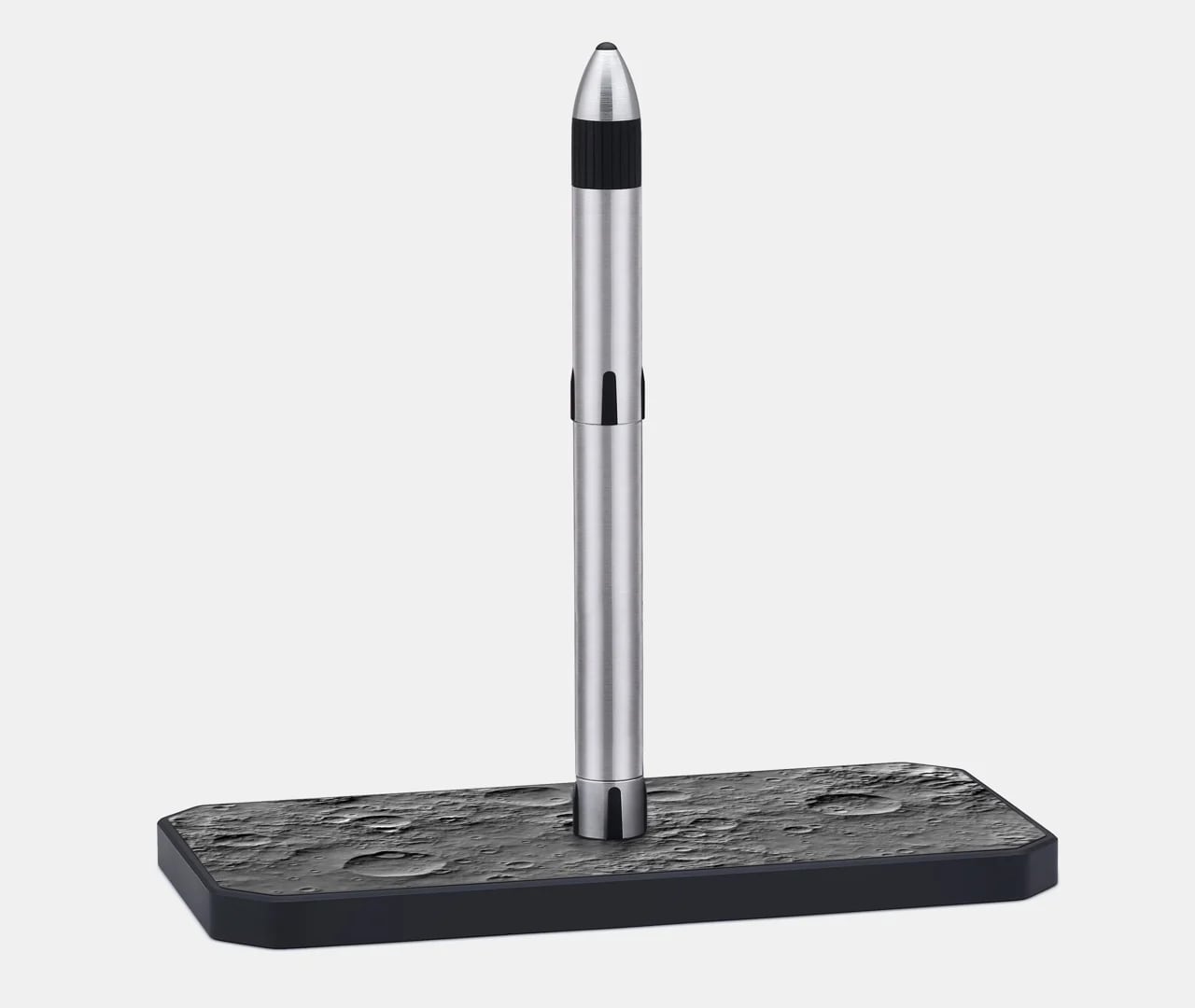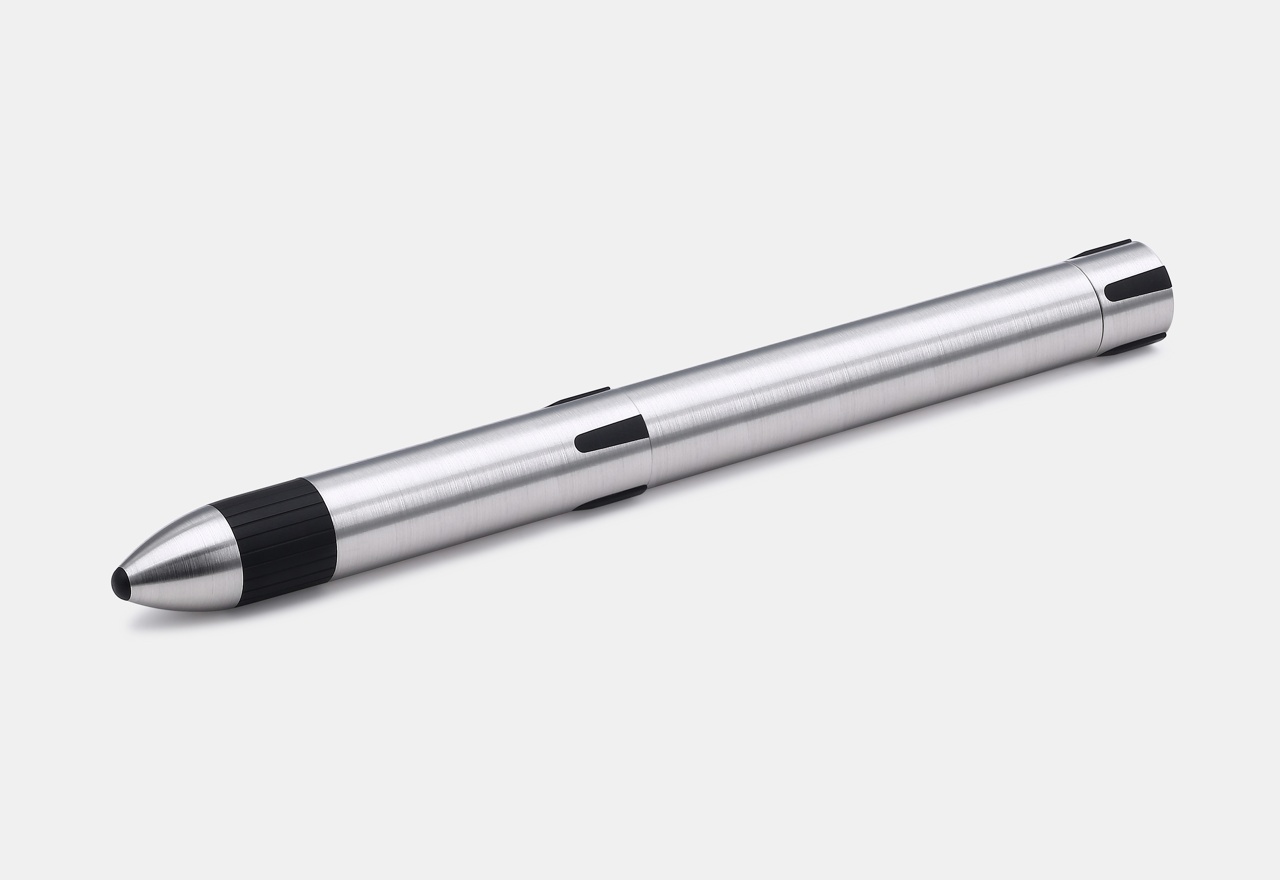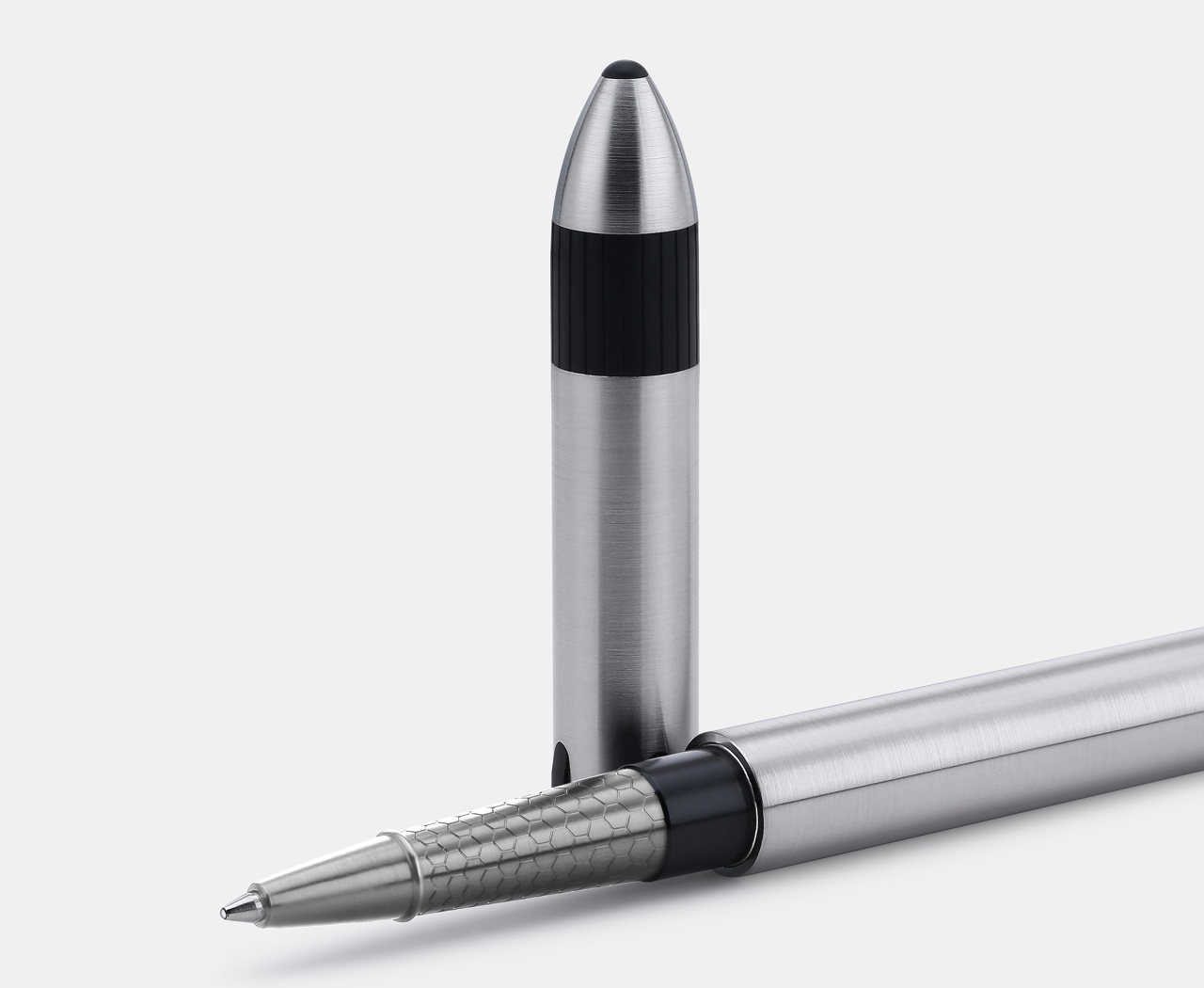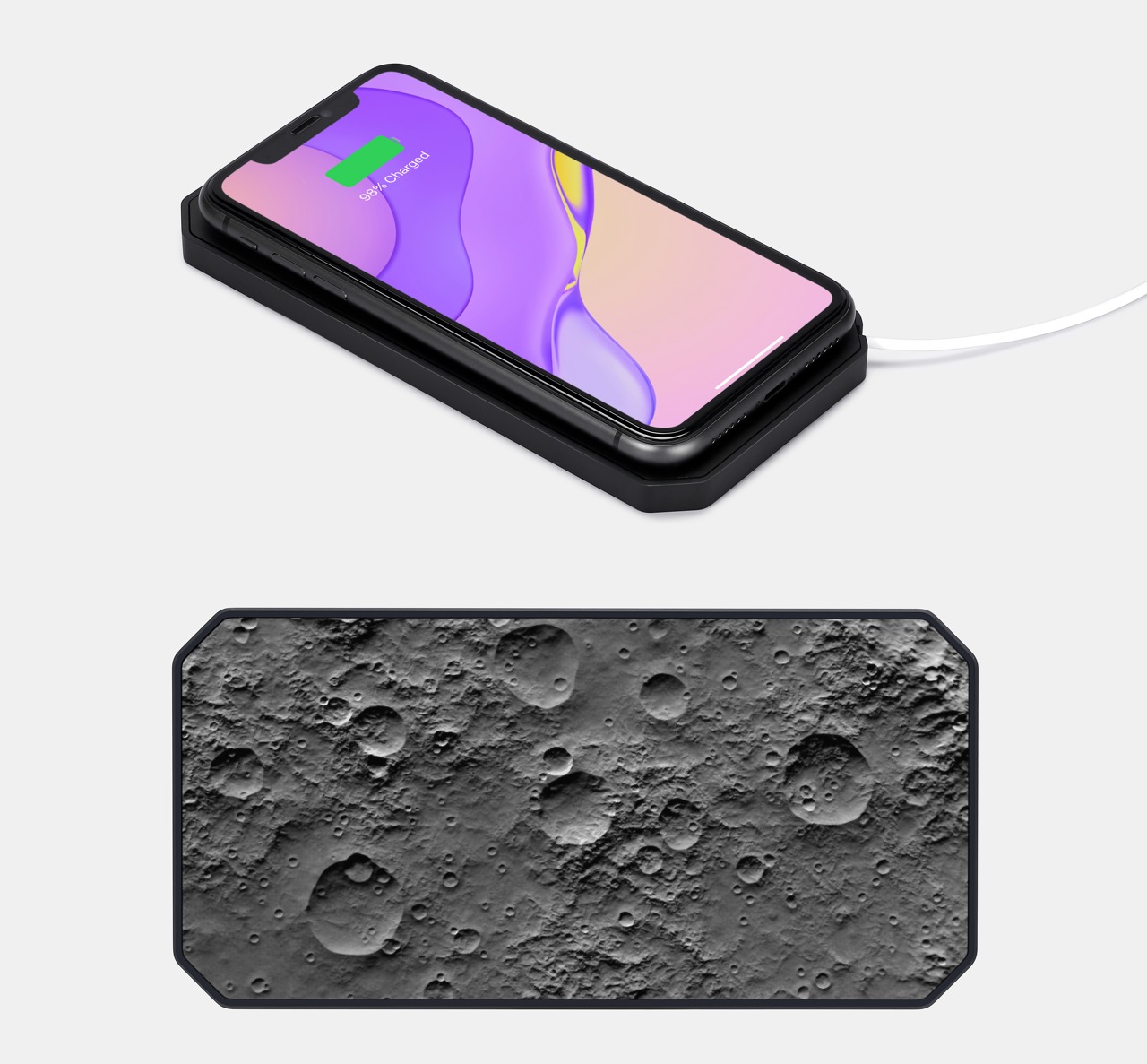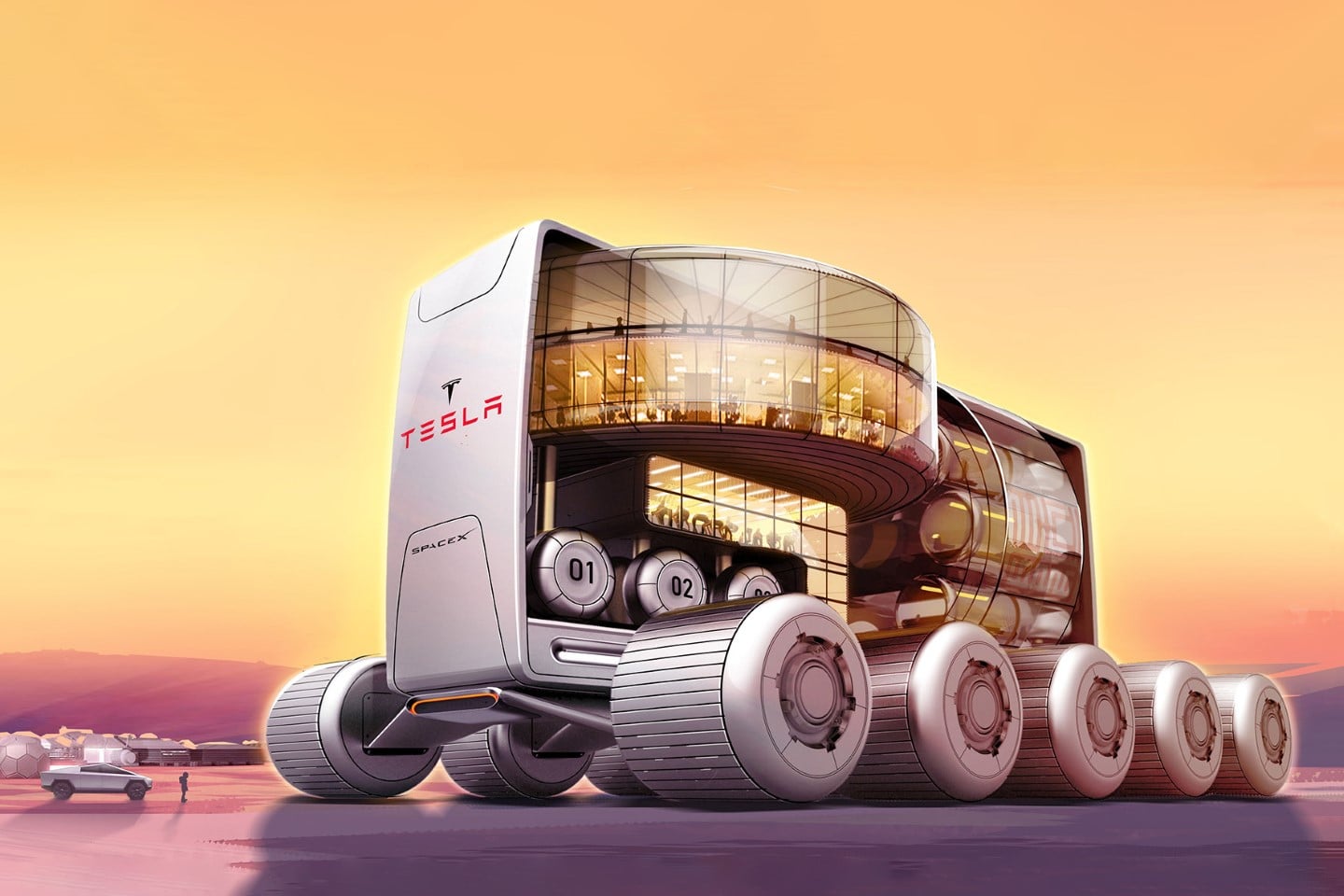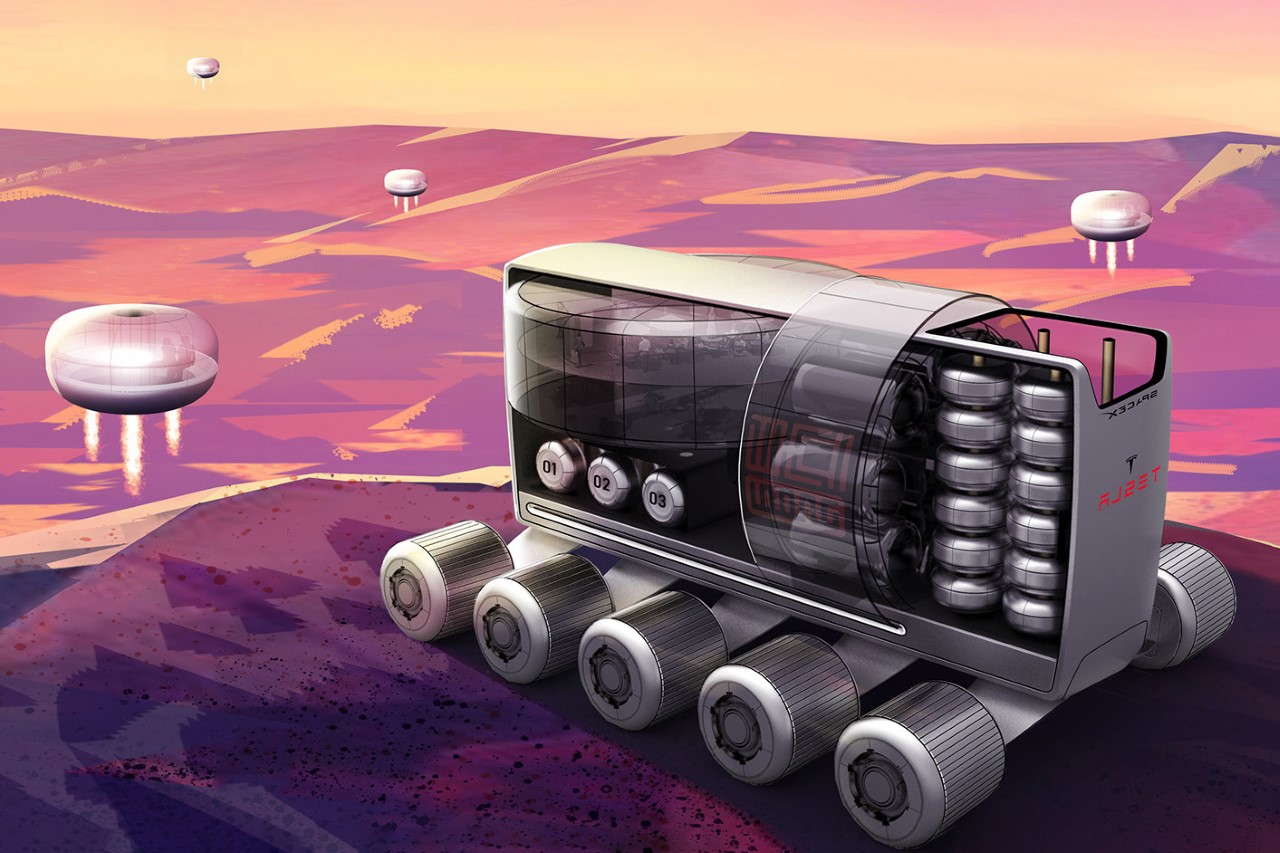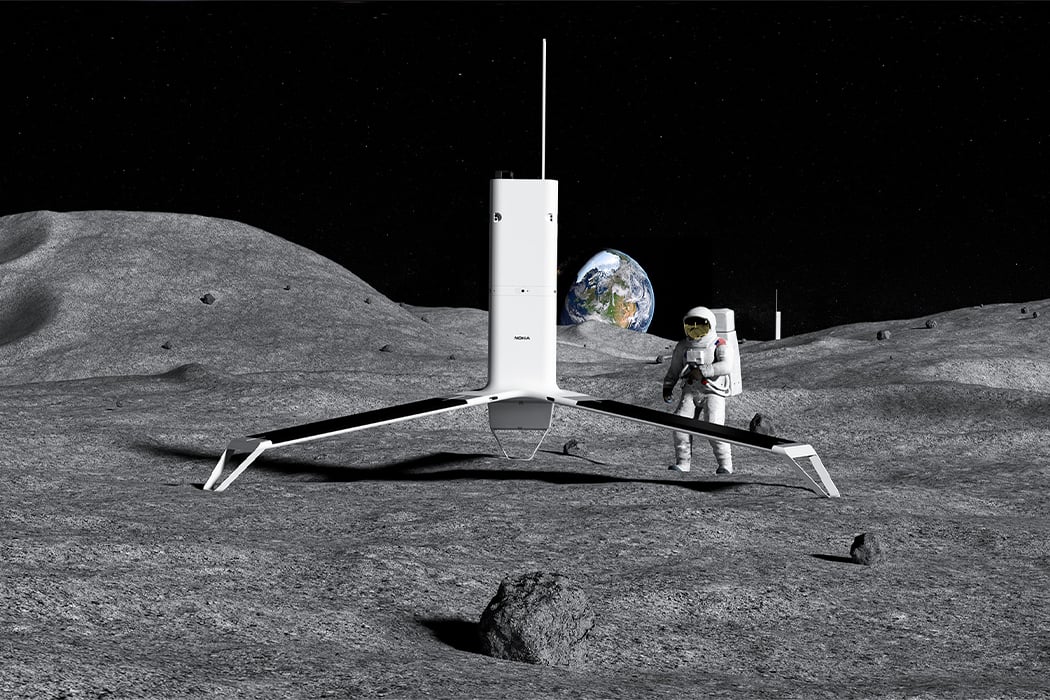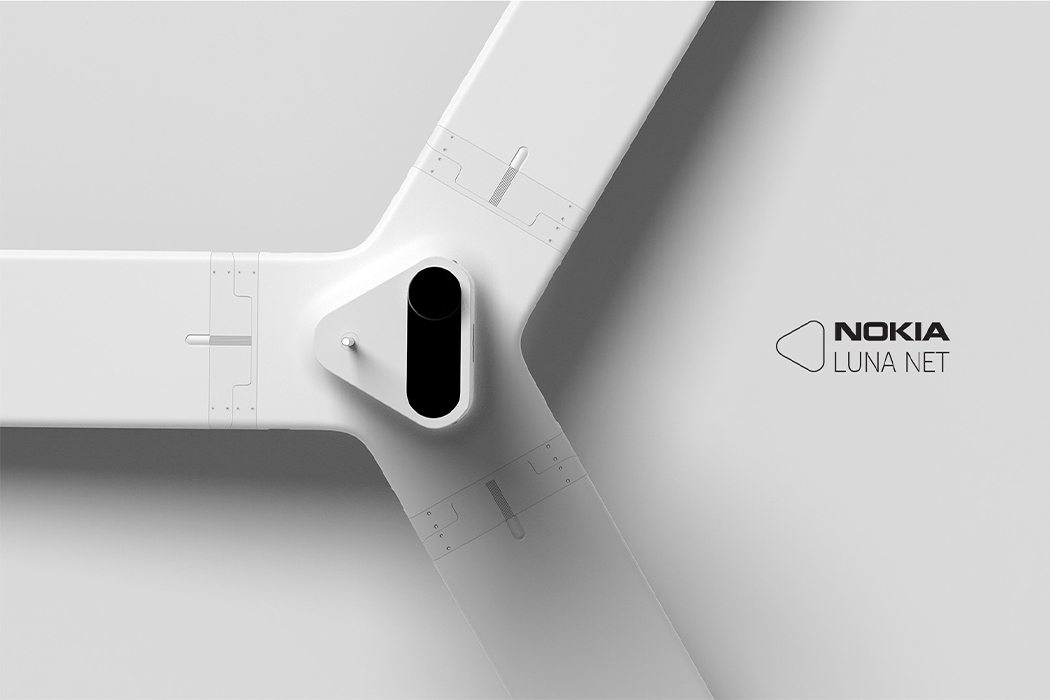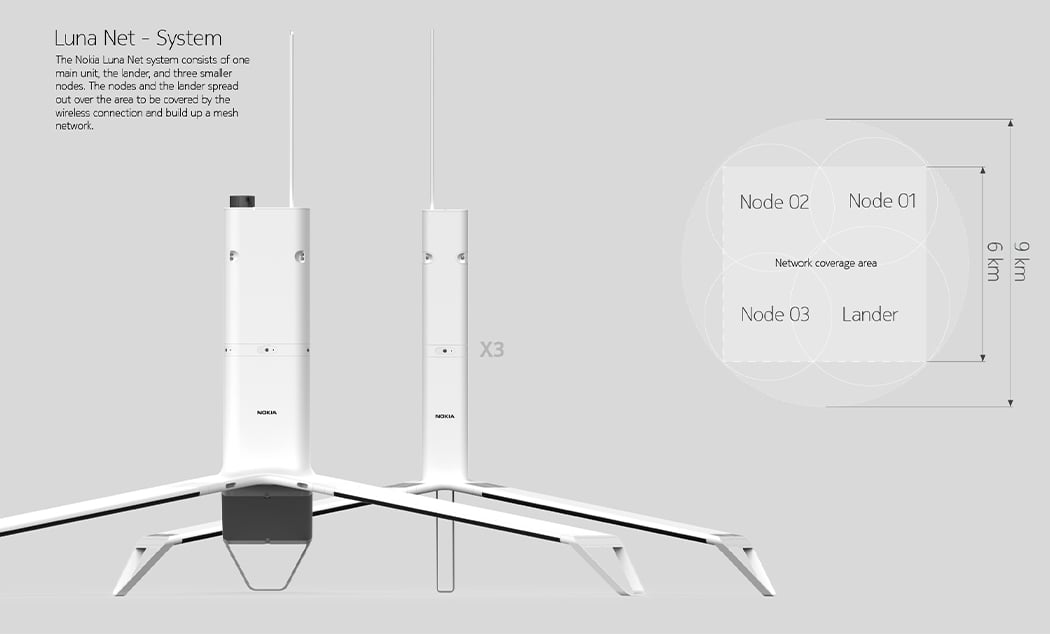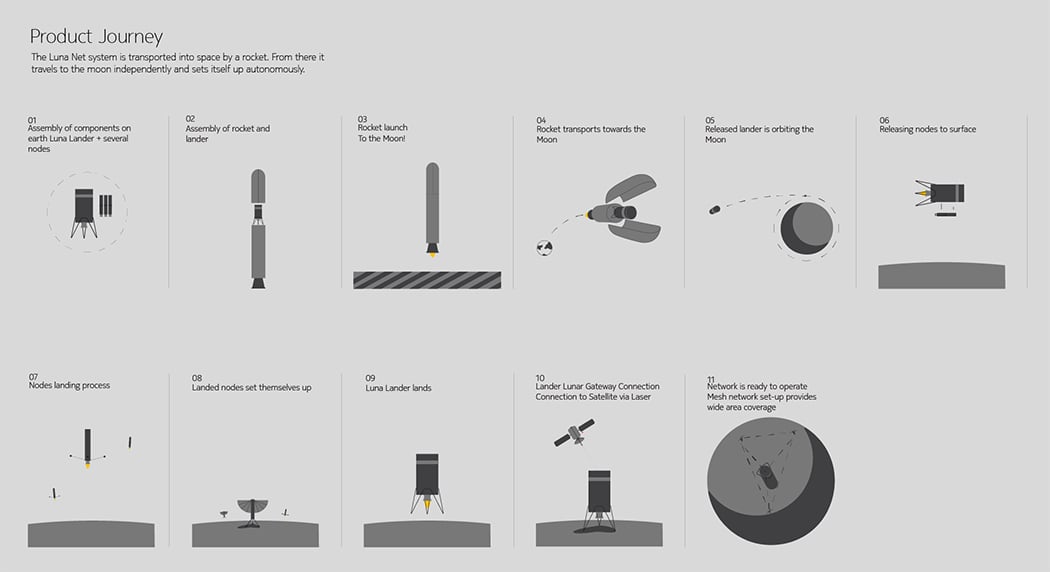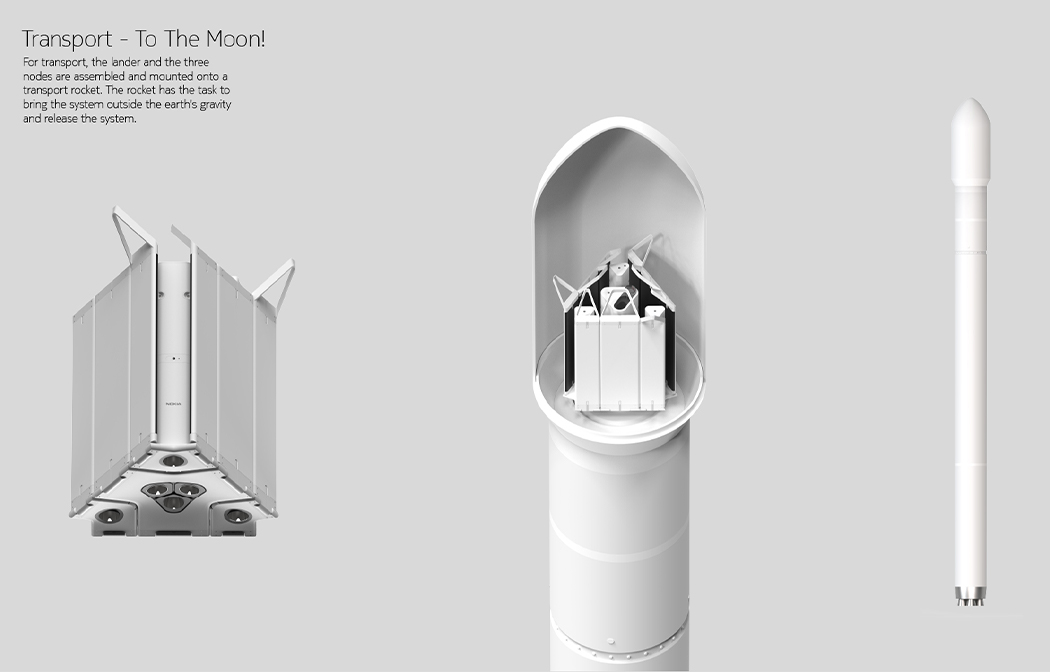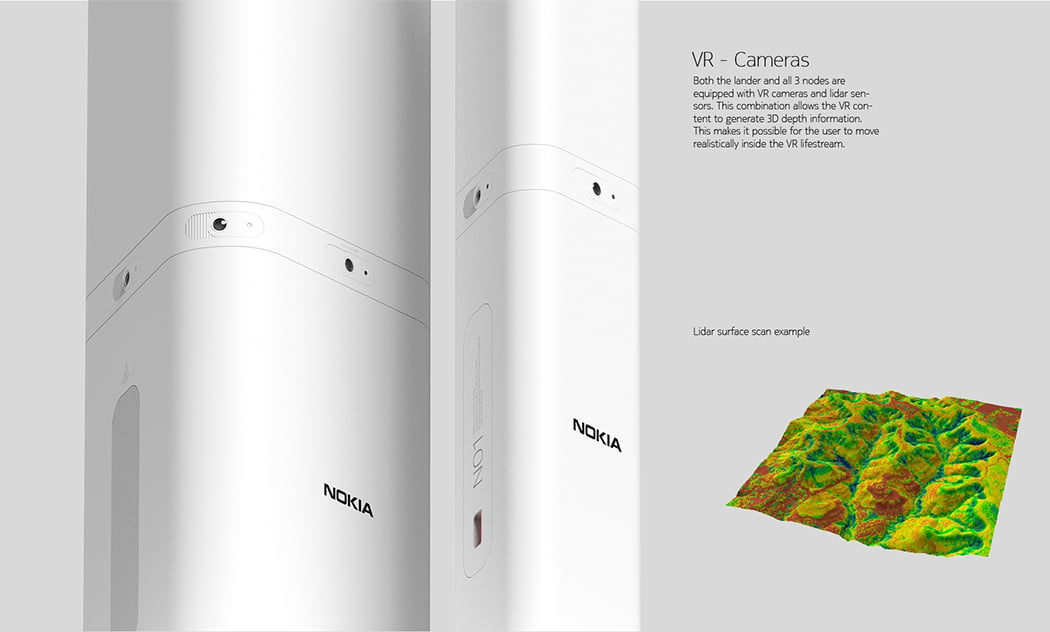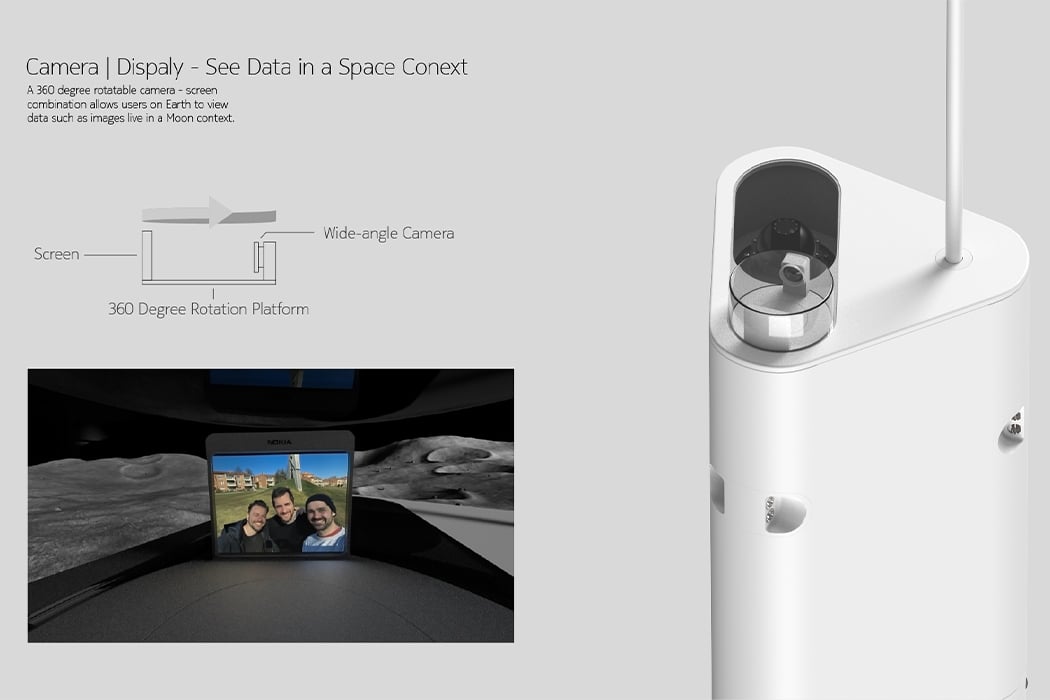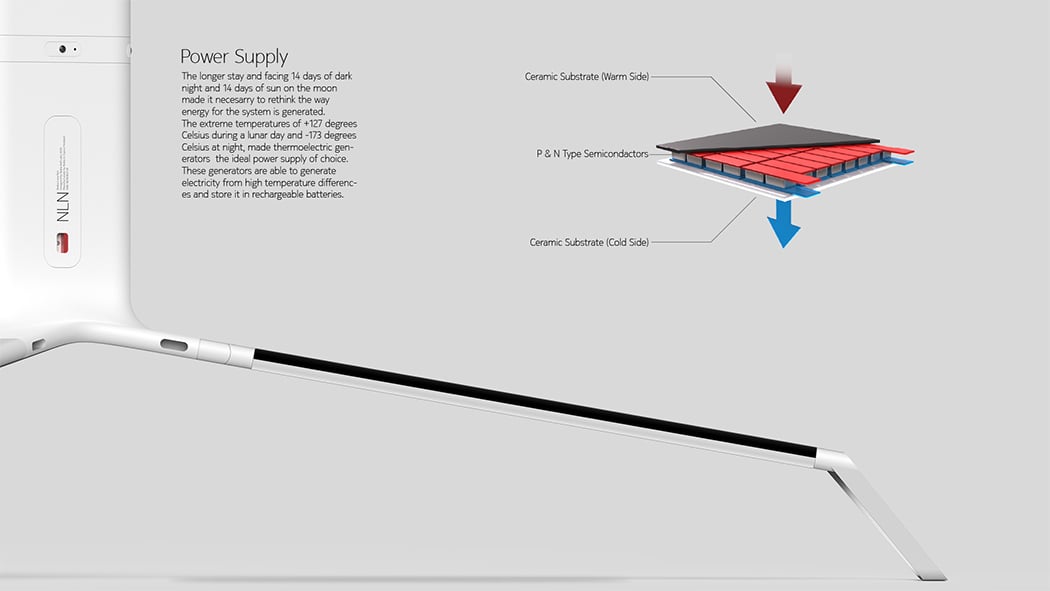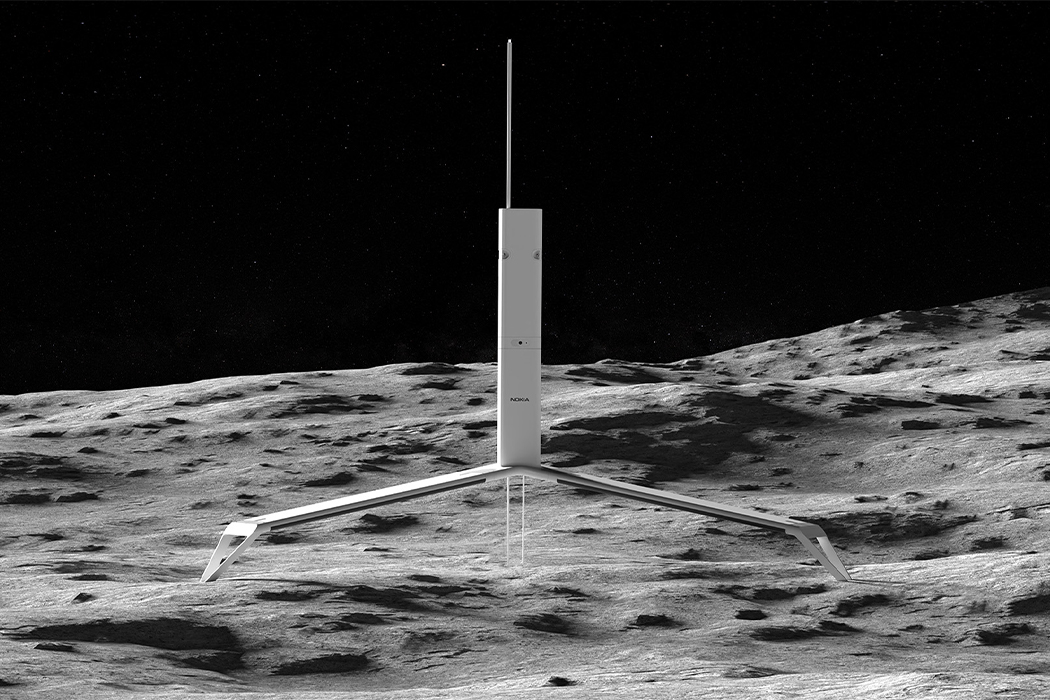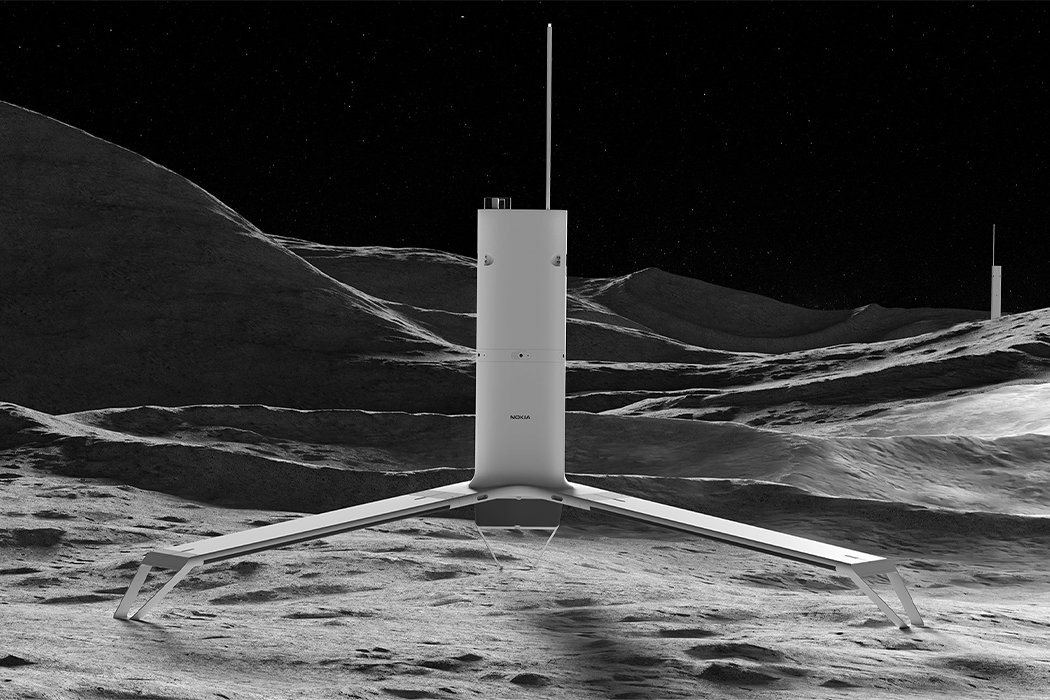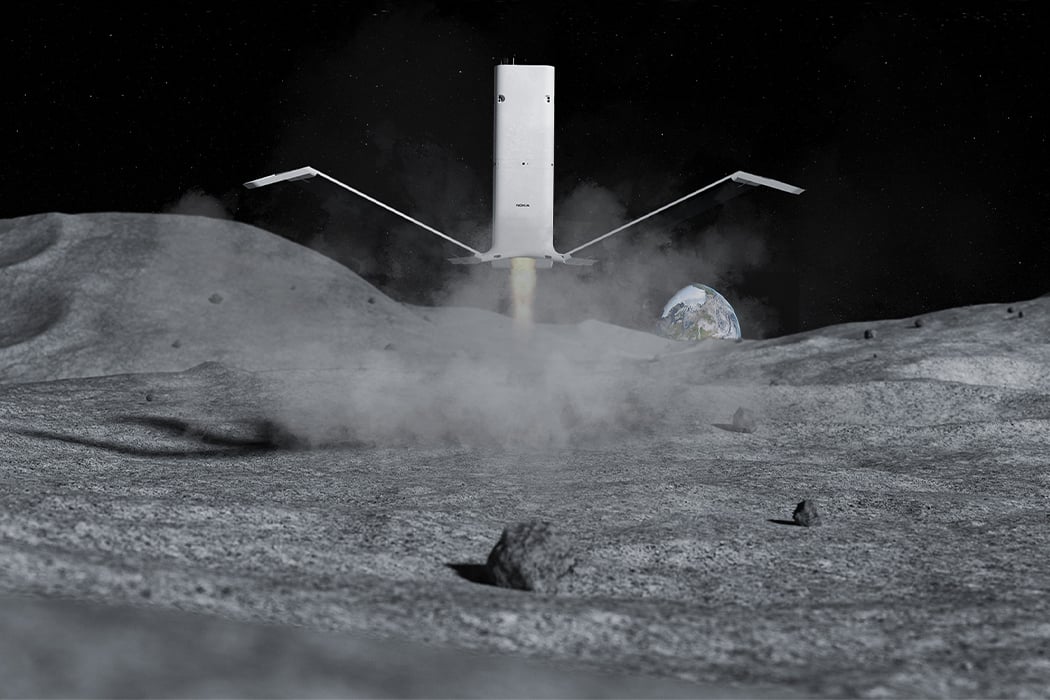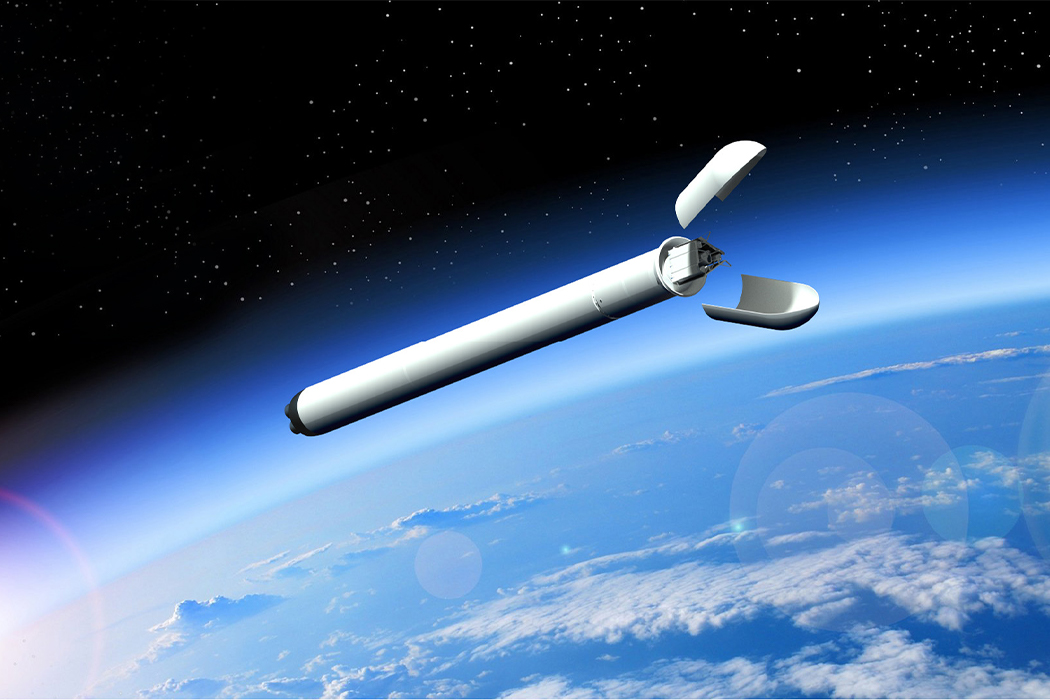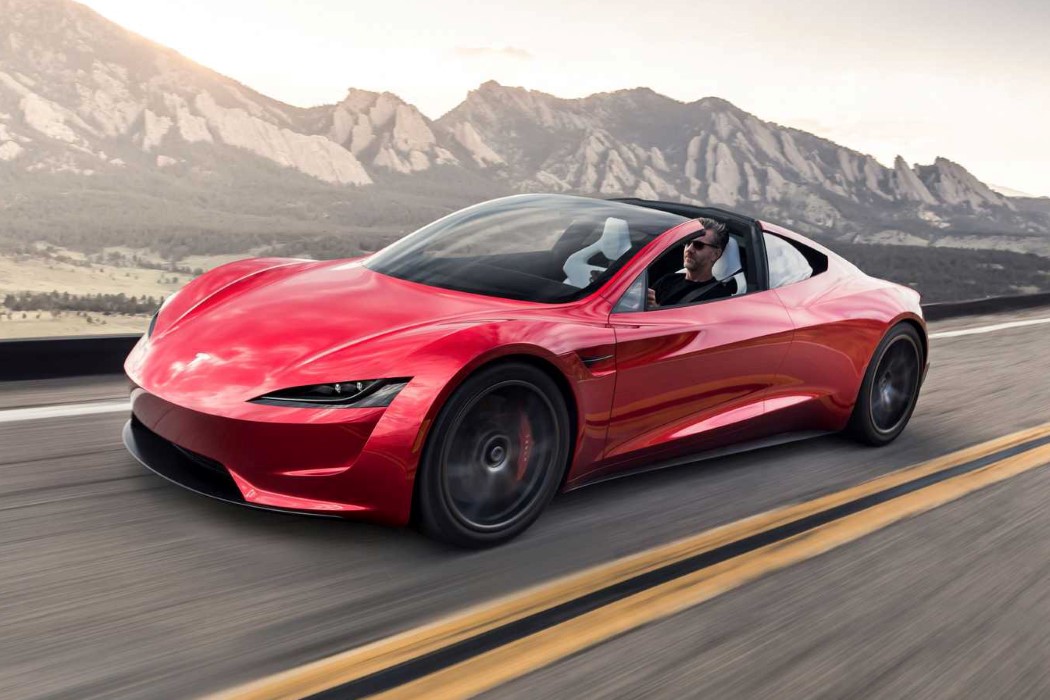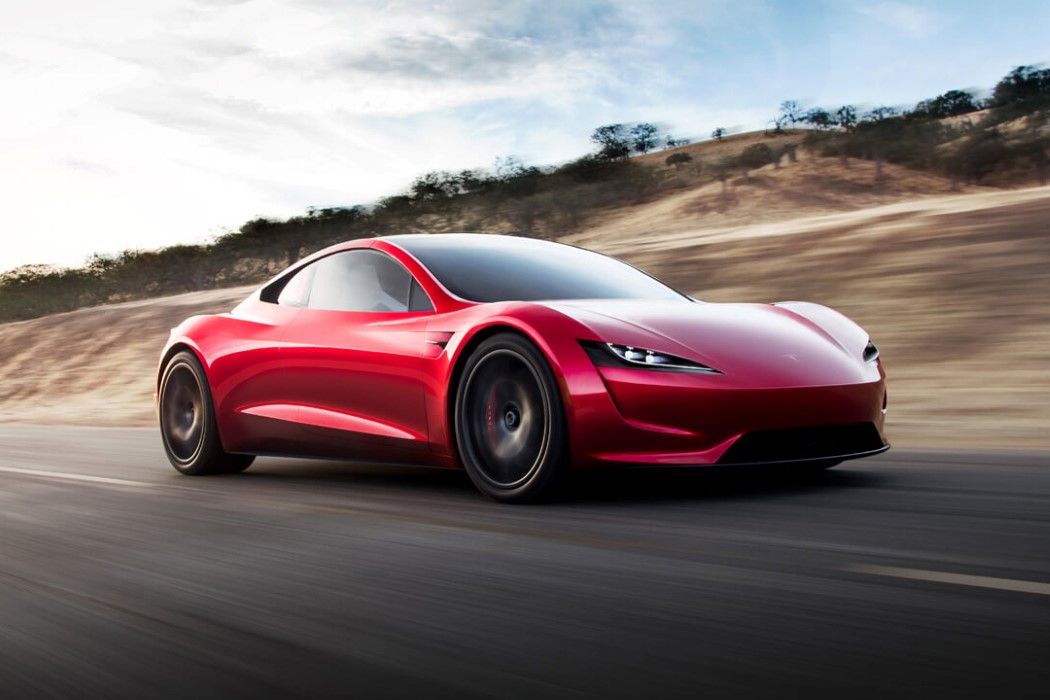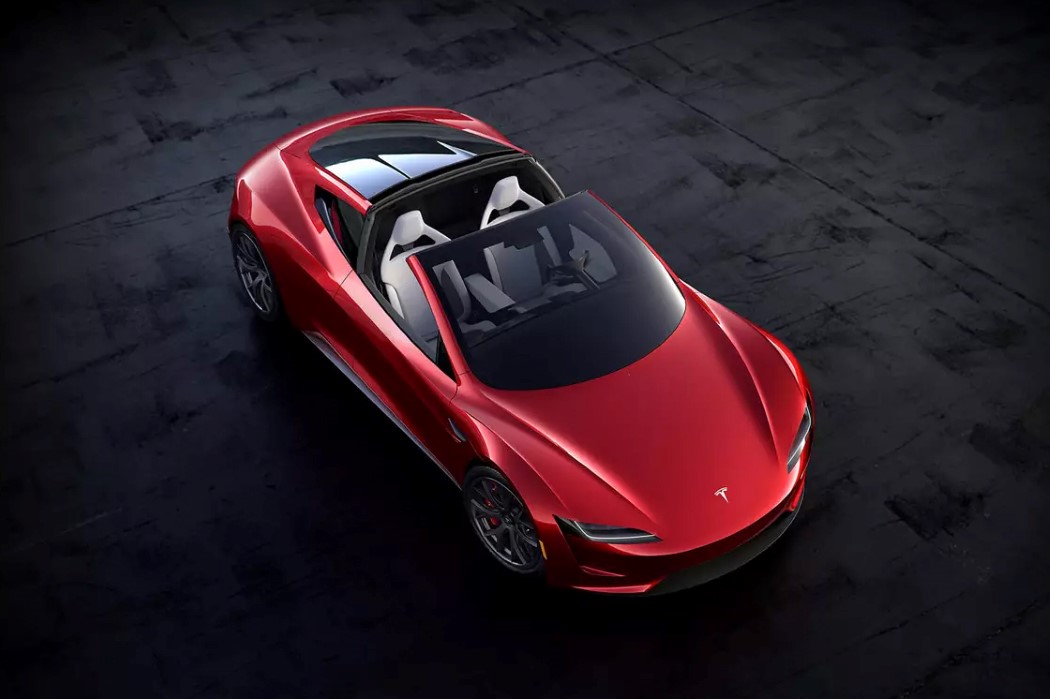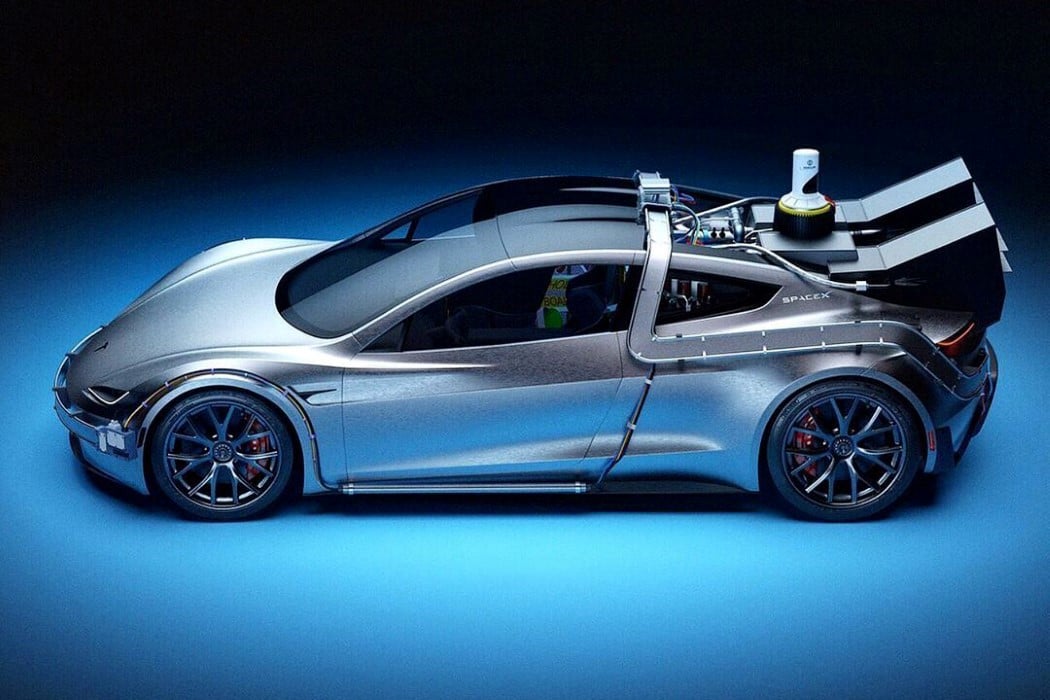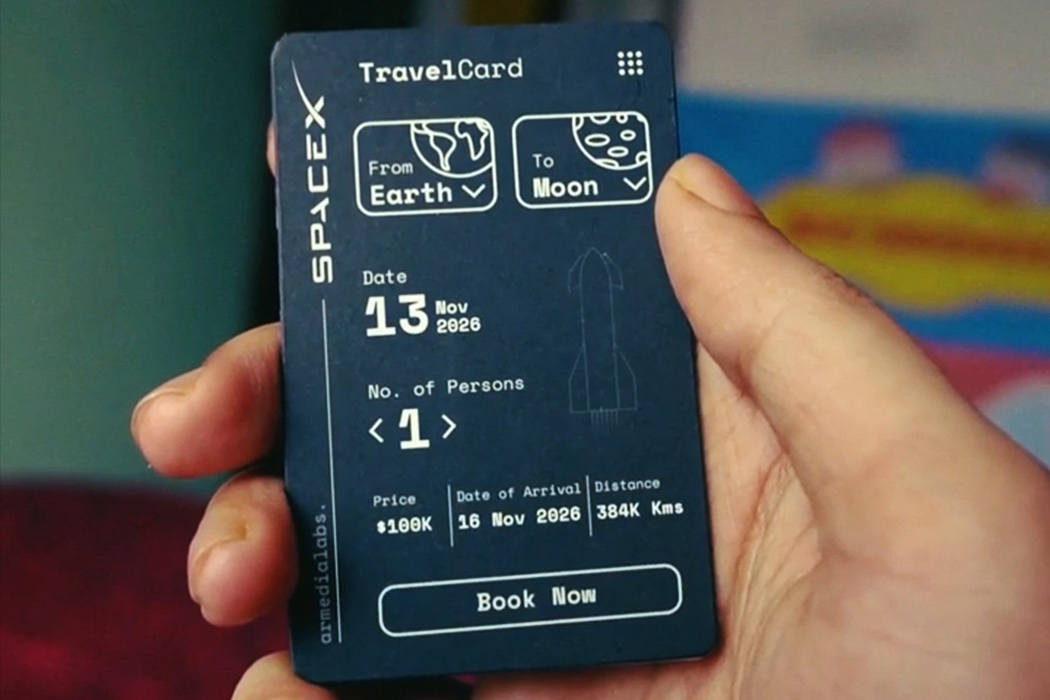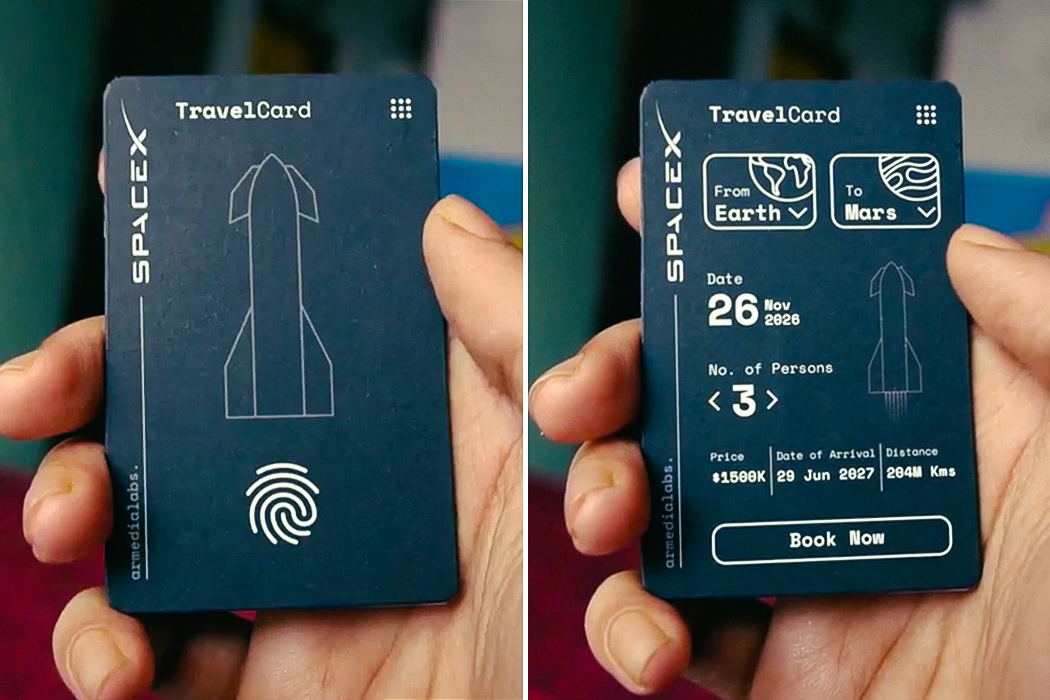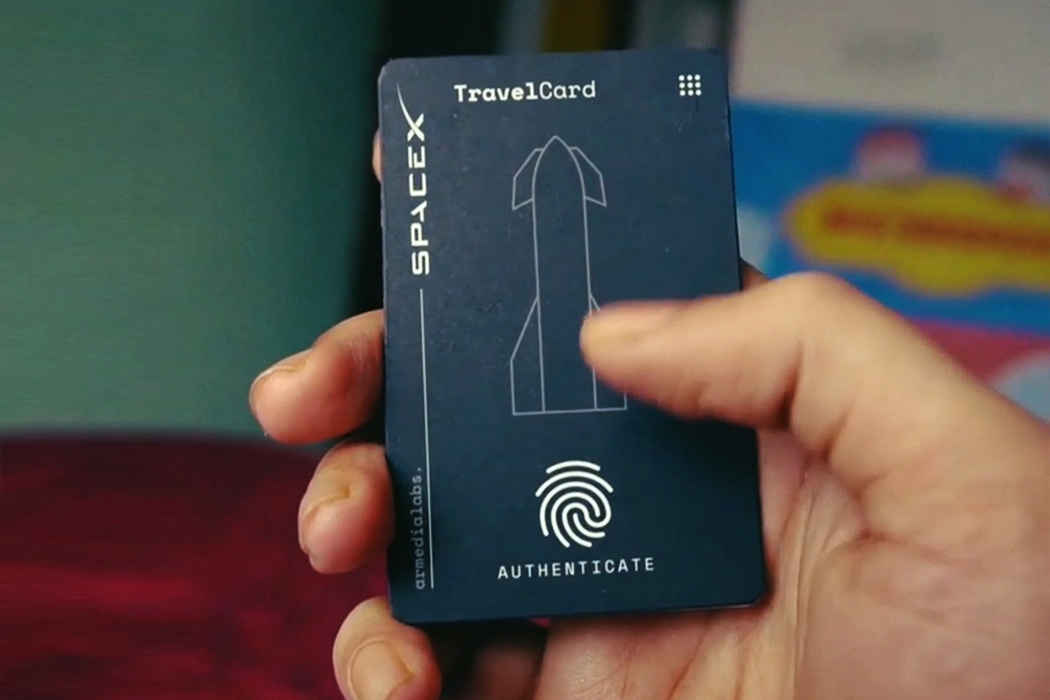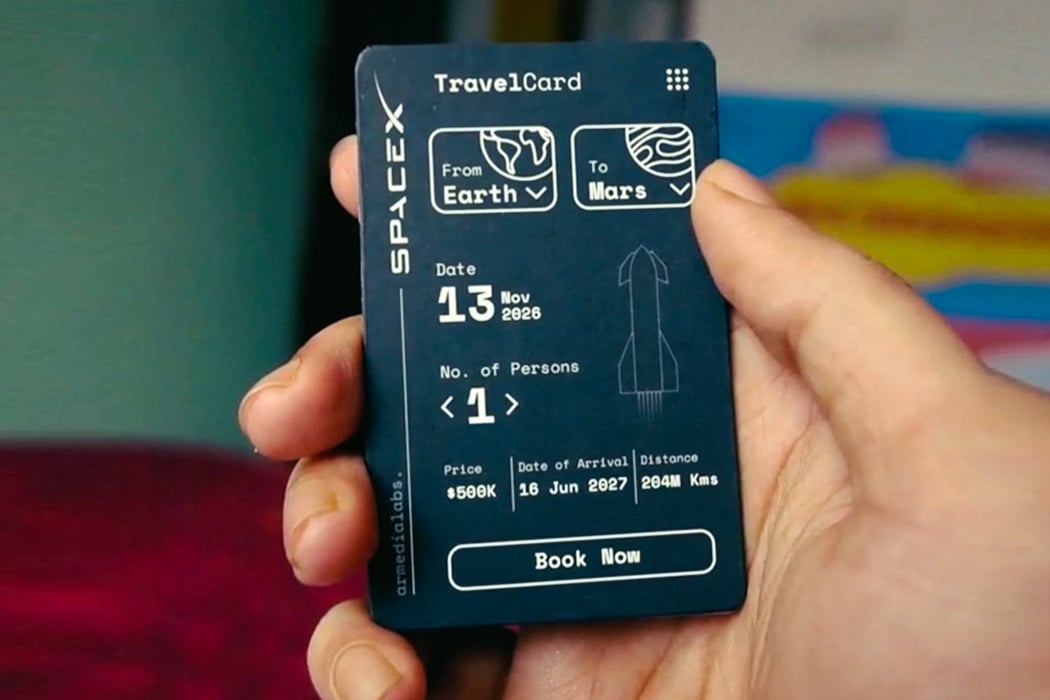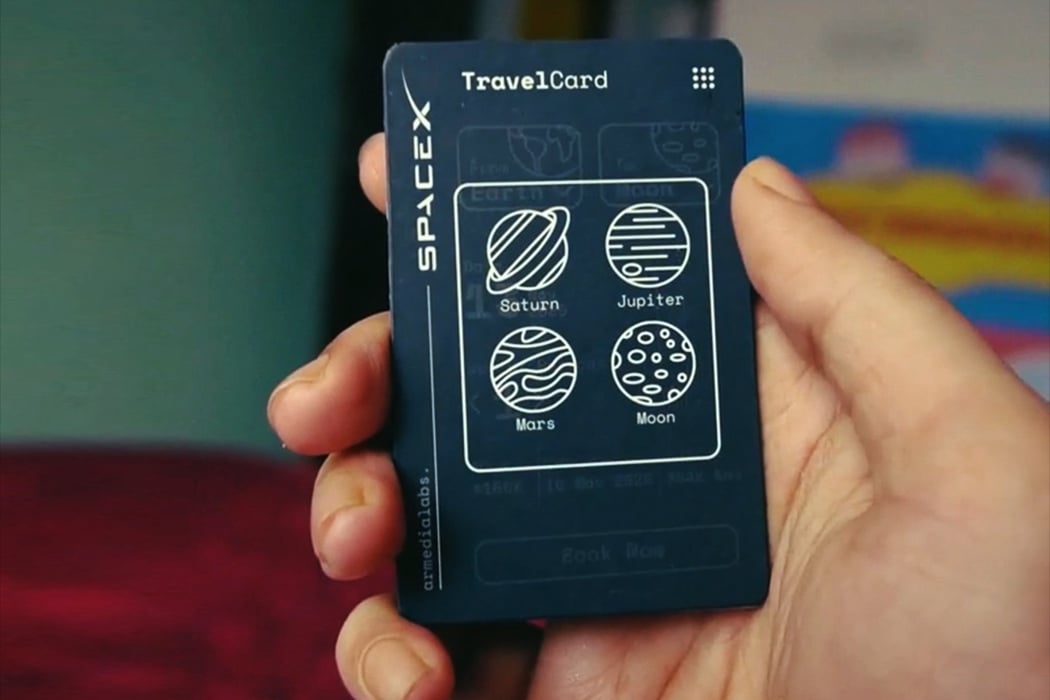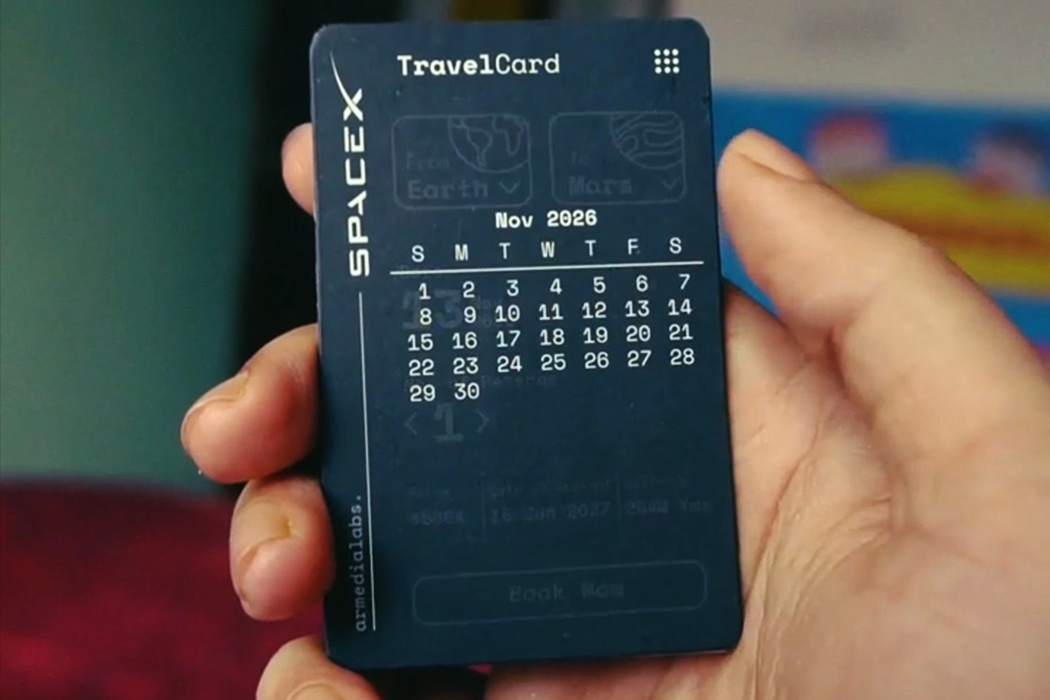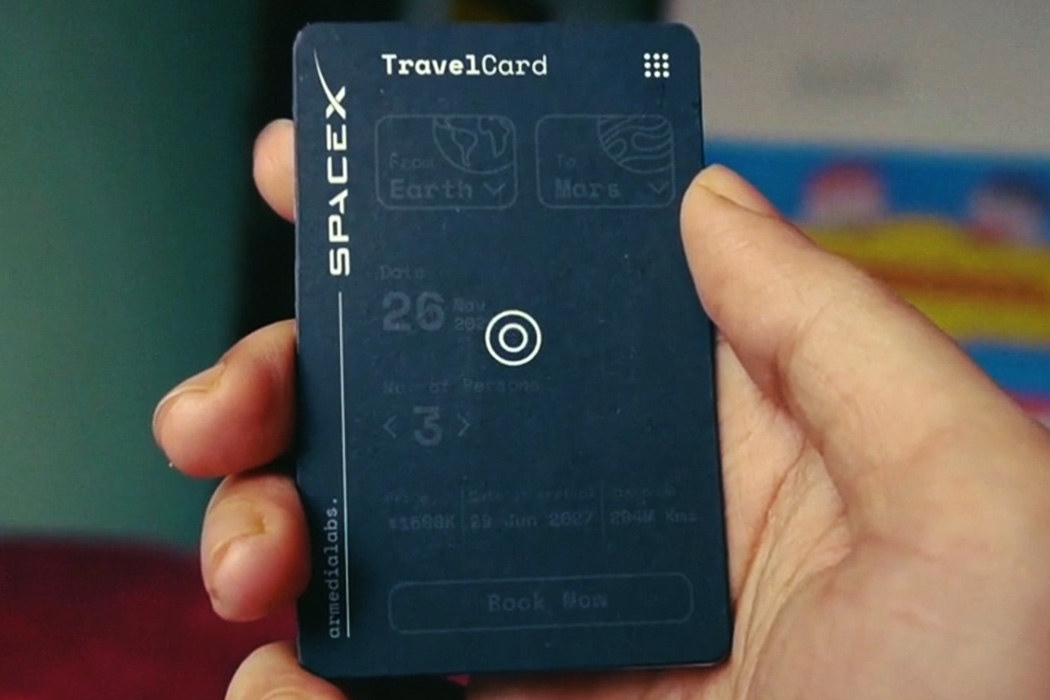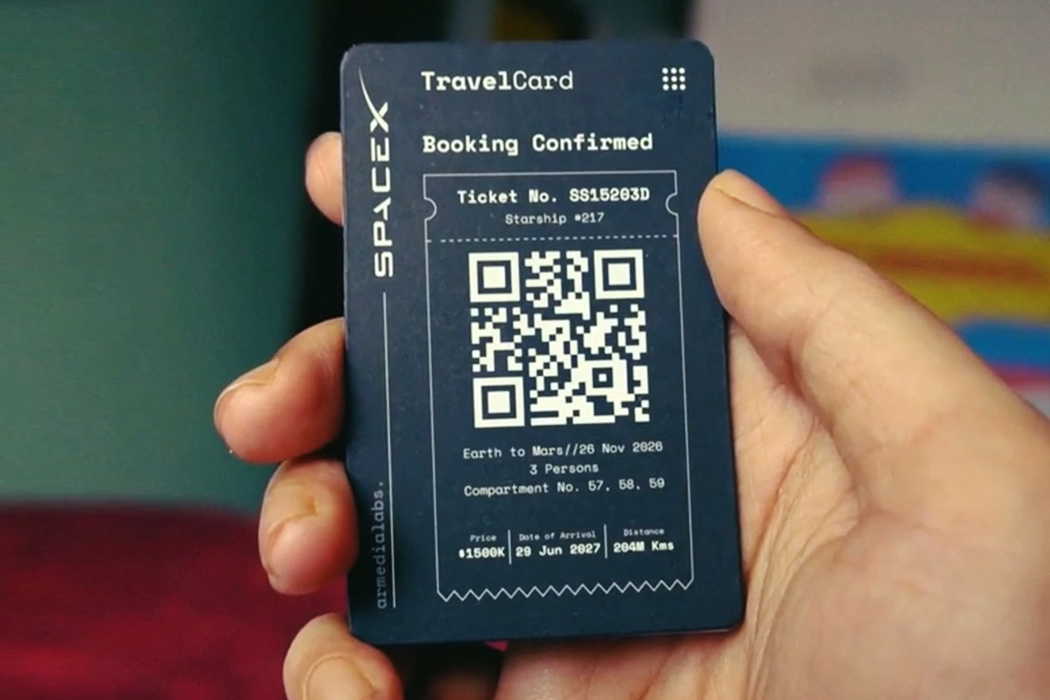That price tag shouldn’t surprise you, given that Caviar’s built its reputation on catering to the creme-de-la-creme of tech collectors. While most people know Caviar for its ornate smartphone cases, it turns out the company makes watches too – with the same luxury-forward philosophy. Their latest ‘Space Tornado’ collection features three watches that highlight the cosmos, but it’s the flagship watch in the series that has our eye. Priced at upwards of 6 grand (or roughly two Vision Pros), the Stargazer X-Edition watch comes with a 24k gold-plated body, a tourbillon at the 6 o’clock mark, and a relic of actual space travel at the 12 o’clock mark. Designed in collaboration with SpaceX, each watch comes with a fragment of the Starship spacecraft, carefully placed at the top of the watch as its crown jewel.
Designer: Caviar
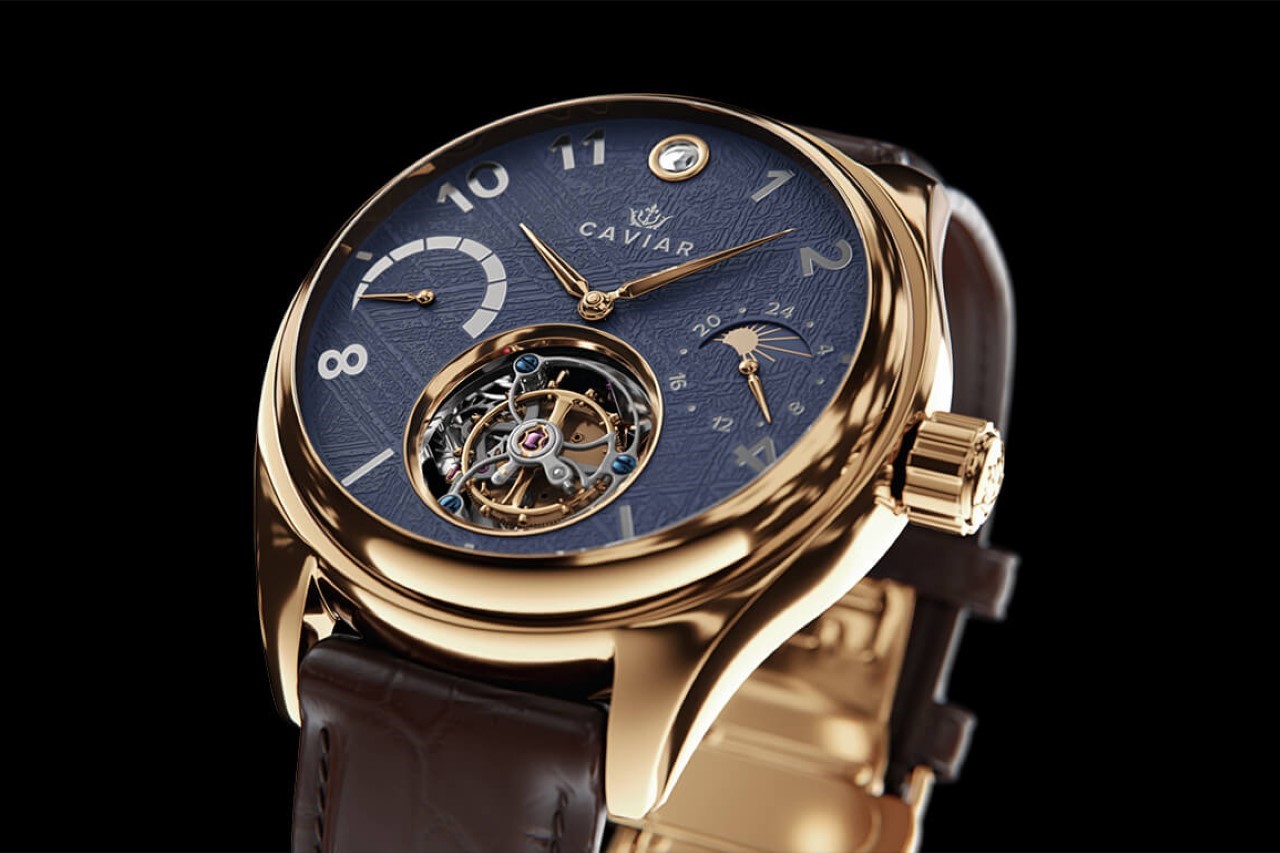
The Stargazer’s dial takes inspiration from Jupiter’s moon Europa. The dial comes with an icy, striated finish, referencing the moon’s icy surface with a blue ocean underneath – possibly teeming with life. It’s rather poetic too, considering that the watch’s movement lies beneath this surface too. The watch sports a main dial that tells you the time of the day, accompanied by two subdials, one serving as a power indicator and the other, as a 24-hour clock. The subdials are flanked by a tourbillon at the 6 o’clock position that fervently beats like the watch’s heart… but if your eyes can tear away from its hypnotic movement, it should find itself at the 12 o’clock position.
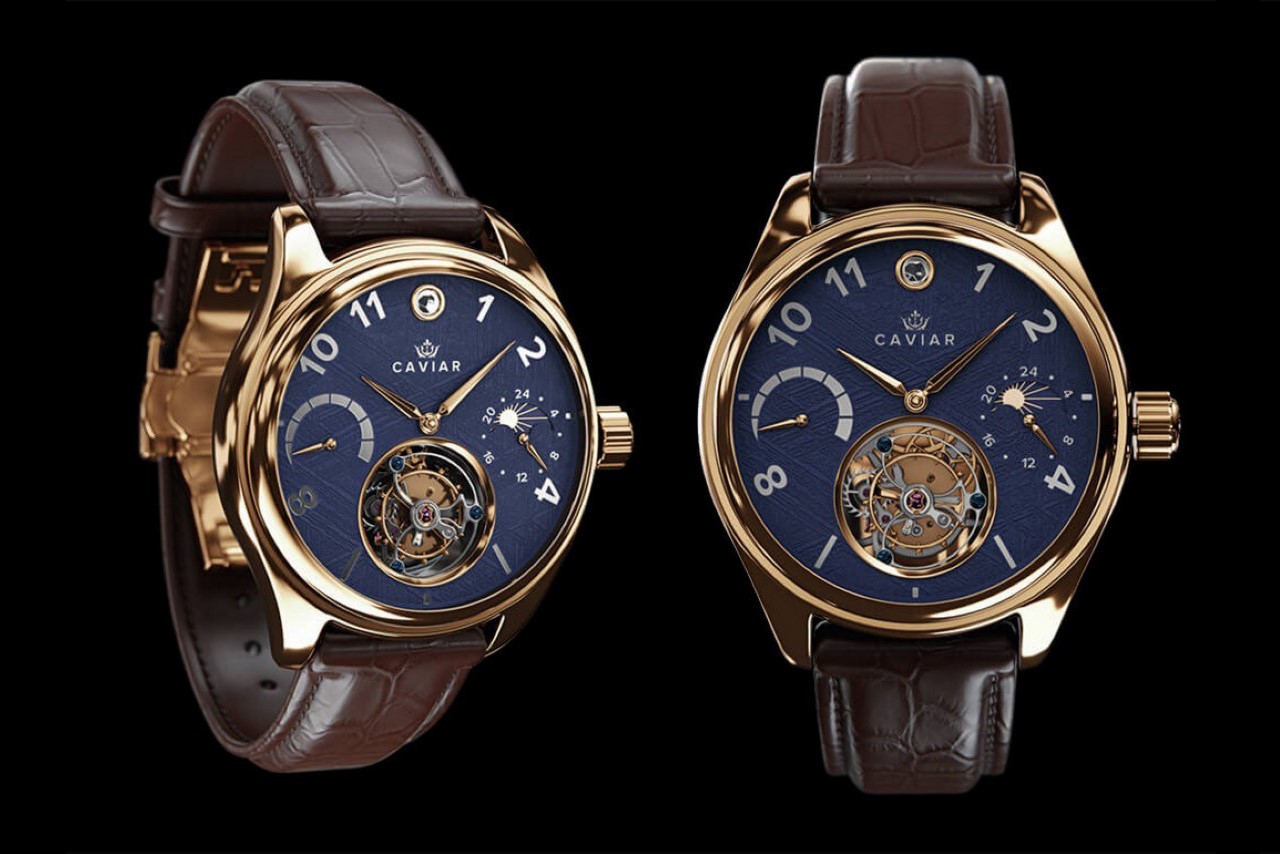
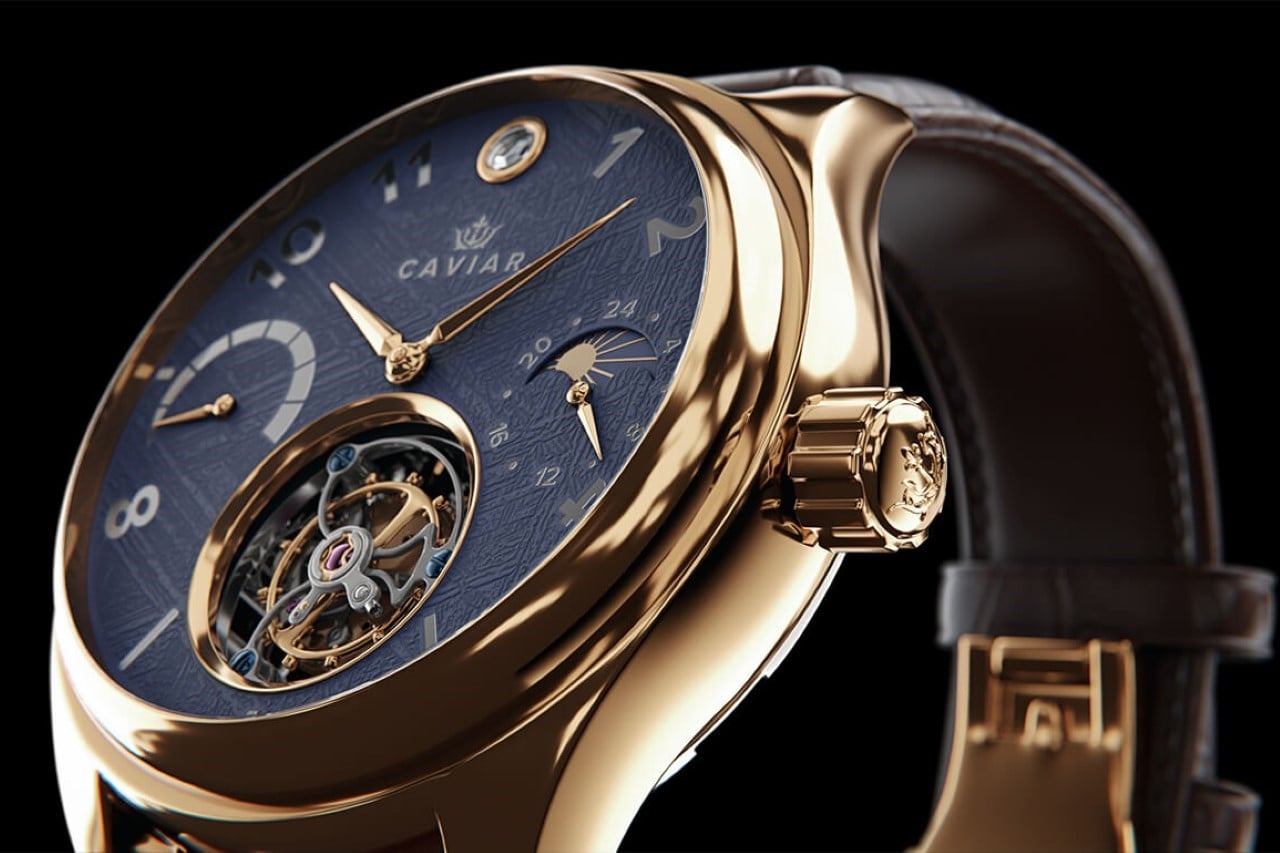
Sitting right at the top of the watch face is a small, practically unrecognizable fragment. Taken from the Starship – the largest rocket ever flown – these fragments represent space travel, along with humankind’s indomitable spirit for touching the stars. The fragment finds itself encased within the watch’s face right at the top, and is one of three such fragments that will be found in the Stargazer’s limited edition series.
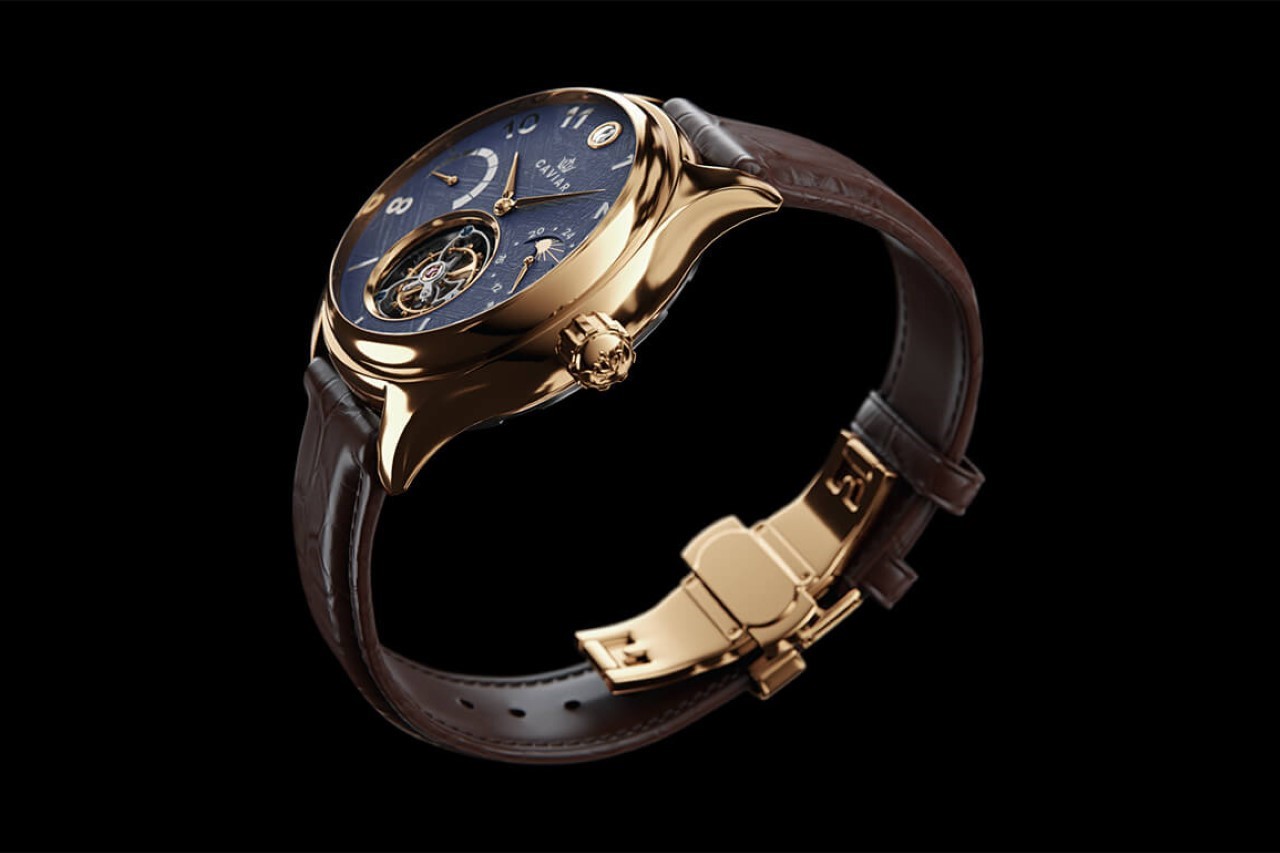
The rest of the watch boasts Caviar-style luxury too. The body is made from 316L stainless steel, plated with 24K gold. The straps are high-quality calfskin leather, and the clasp on the back is gold-plated as well. The watch also sports an exhibition back, letting you view the movement inside. Caviar doesn’t specify the watch movement, but given the presence of a power reserve, it’s probably automatic – using your wrist’s movements to harness energy that powers the watch.
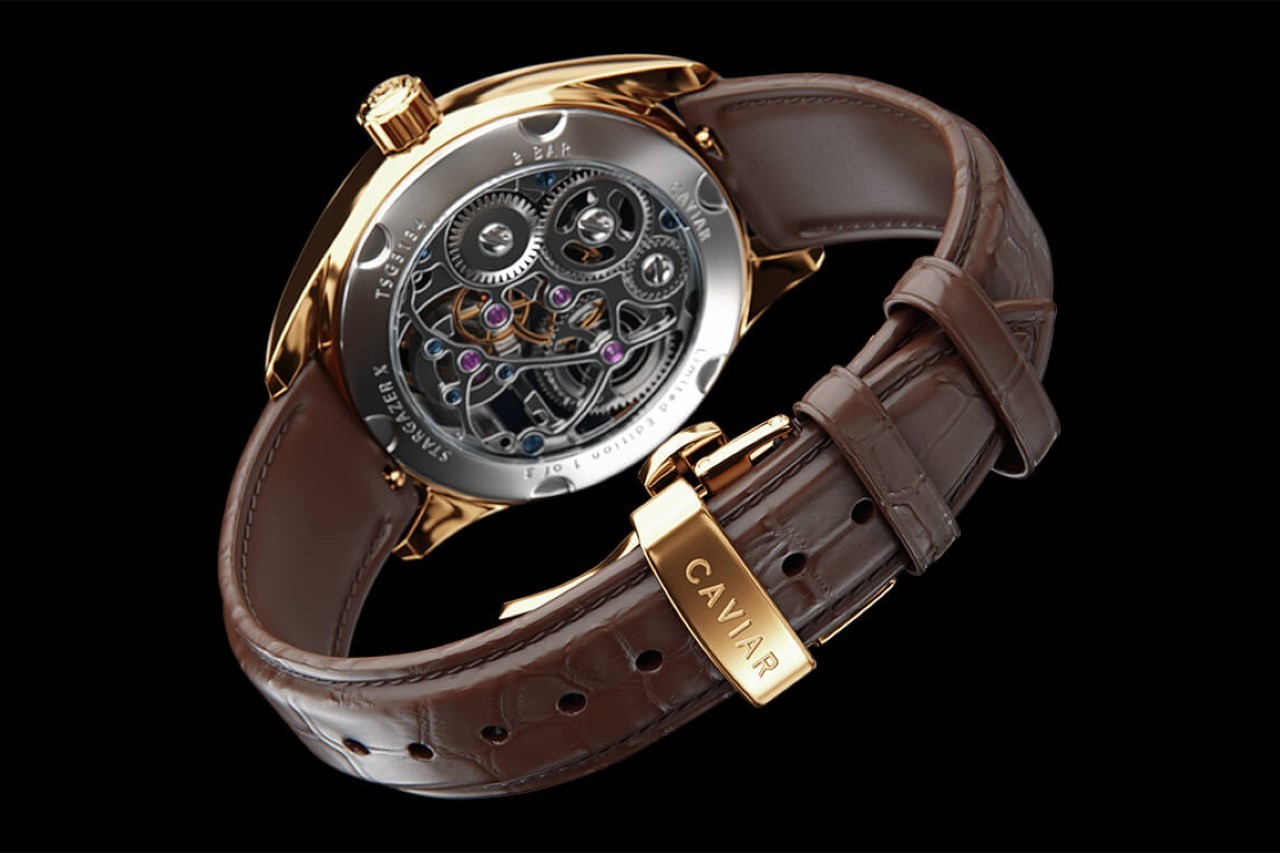
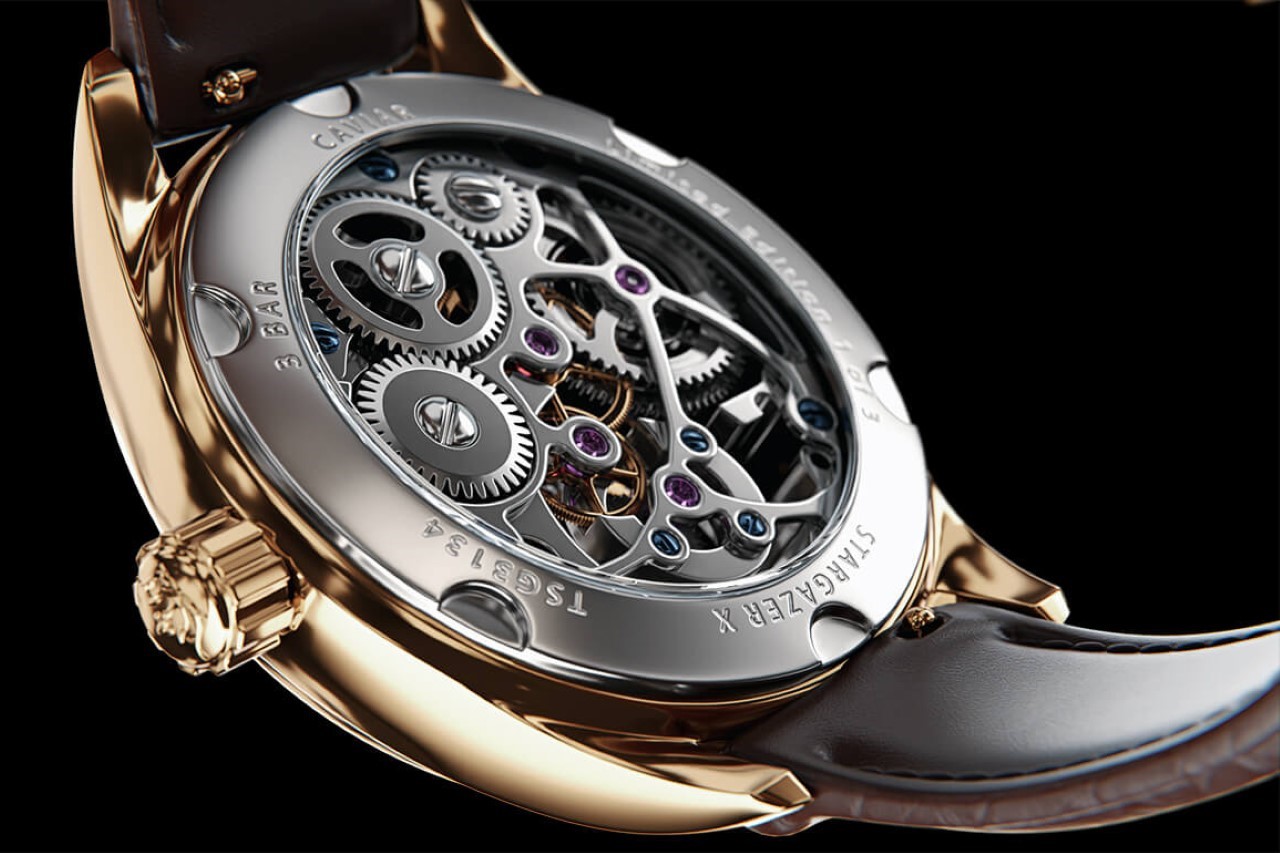
The Stargazer X-Edition is limited to a mere 3 pieces, making the watch rarer than most luxury timepieces we usually see. At $6,630, it still might be one of the more affordable tourbillon timepieces on the market, and the inclusion of a Starship fragment definitely sets it apart – but then again, watches in this range can often be impregnated with moon dust, mars rocks, or even meteorites. The Stargazer X-Edition is definitely a conversation-starter if you’re a space enthusiast or find yourself among similar-minded folk. The watch, at least at the time of writing this, is still available – and if you’re looking for a discount, paying with cryptocurrency gets you a neat 15% knocked off the original price.
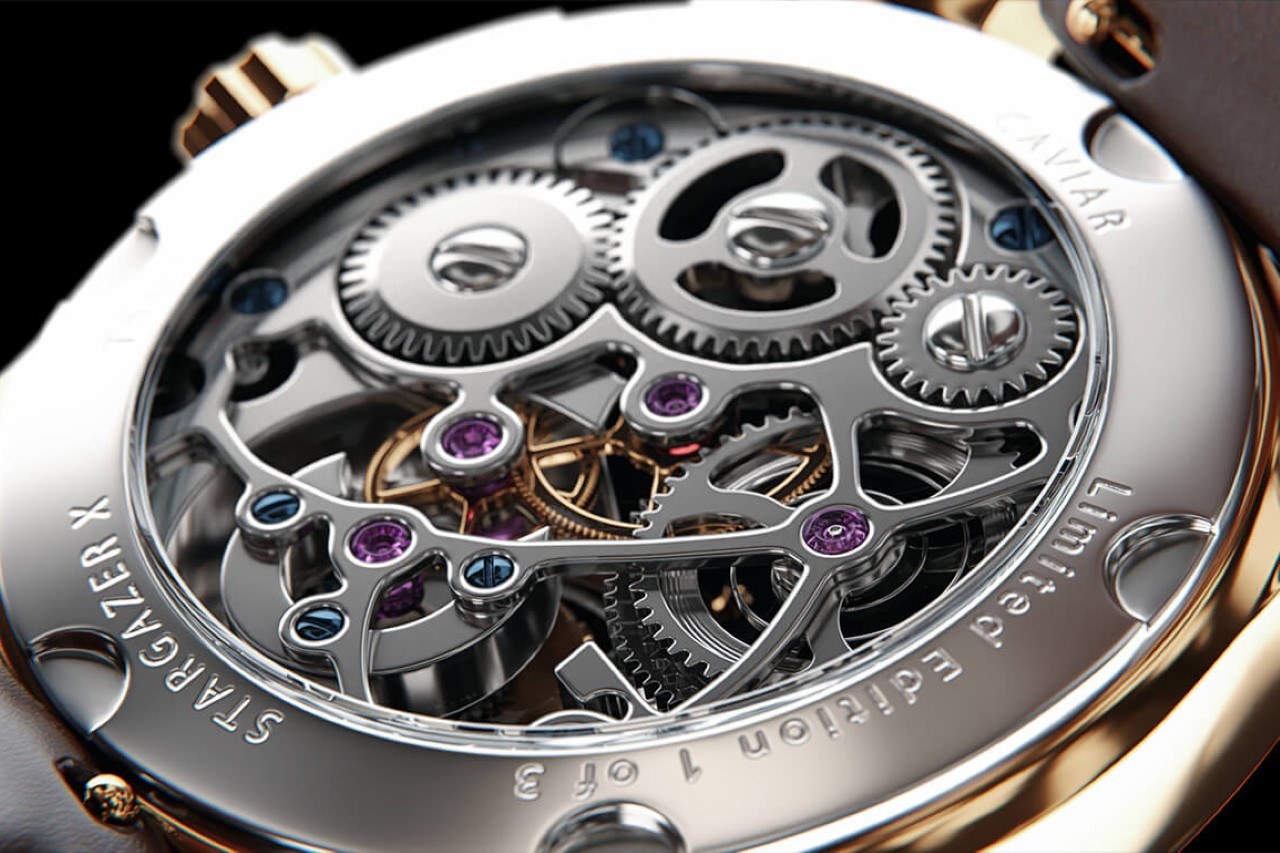
The post Caviar & SpaceX collaborate over $6630 Luxury Watch with actual Starship Fragment inside it first appeared on Yanko Design.
